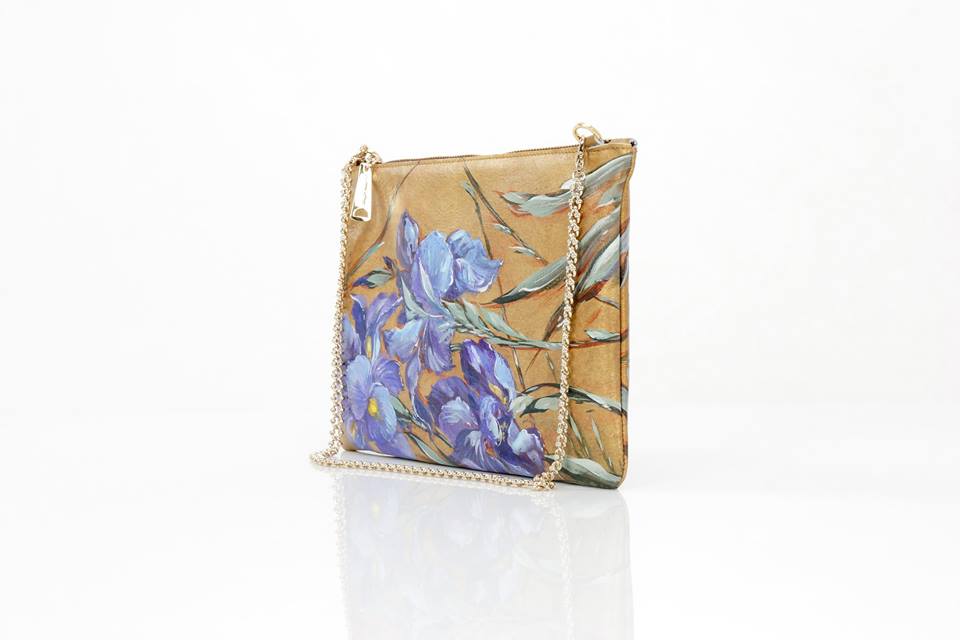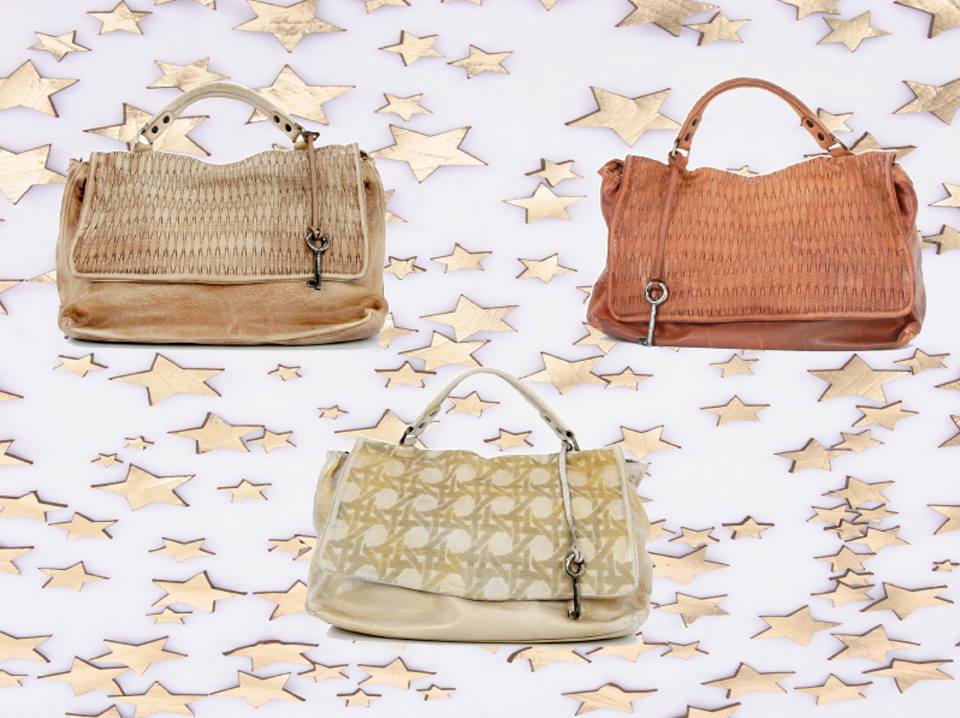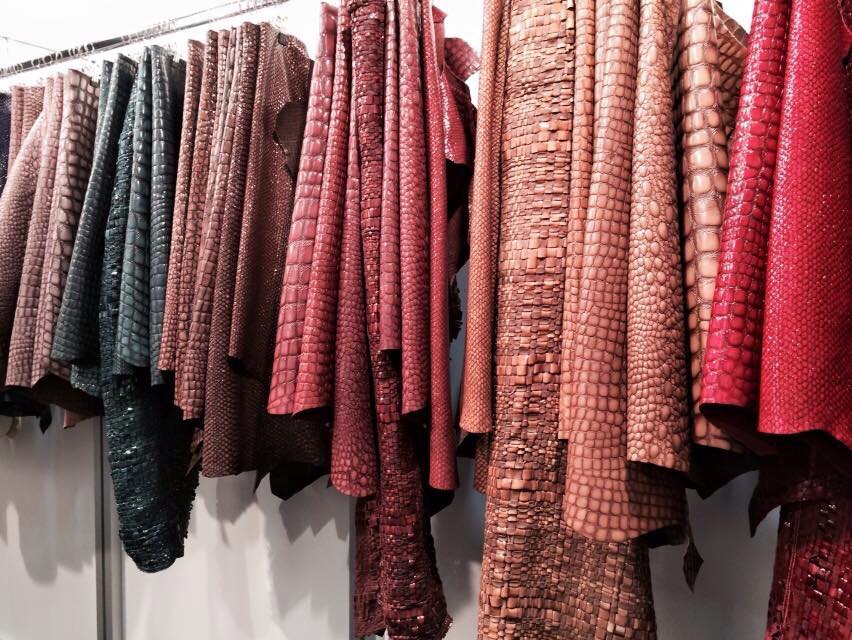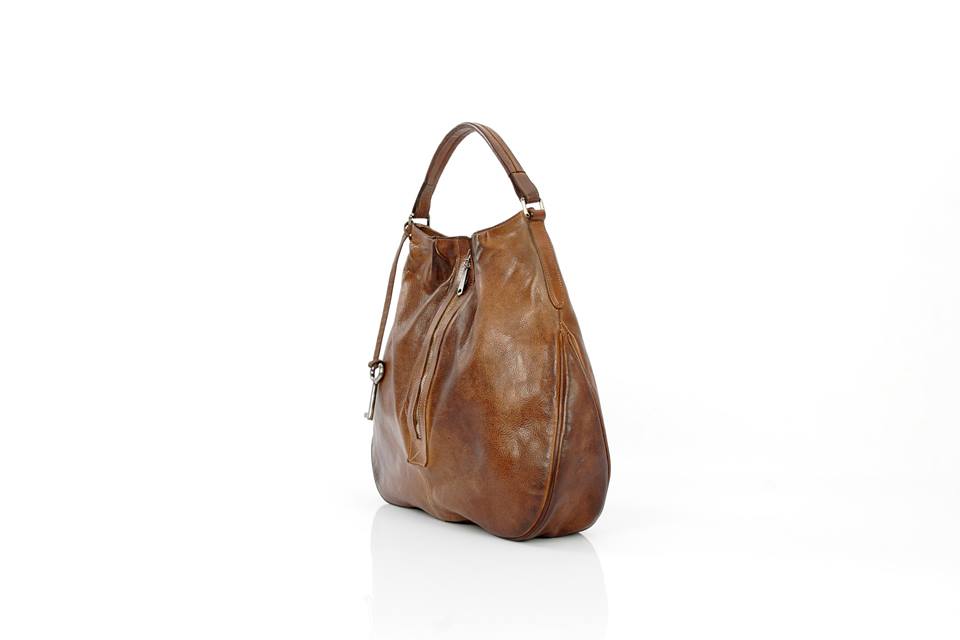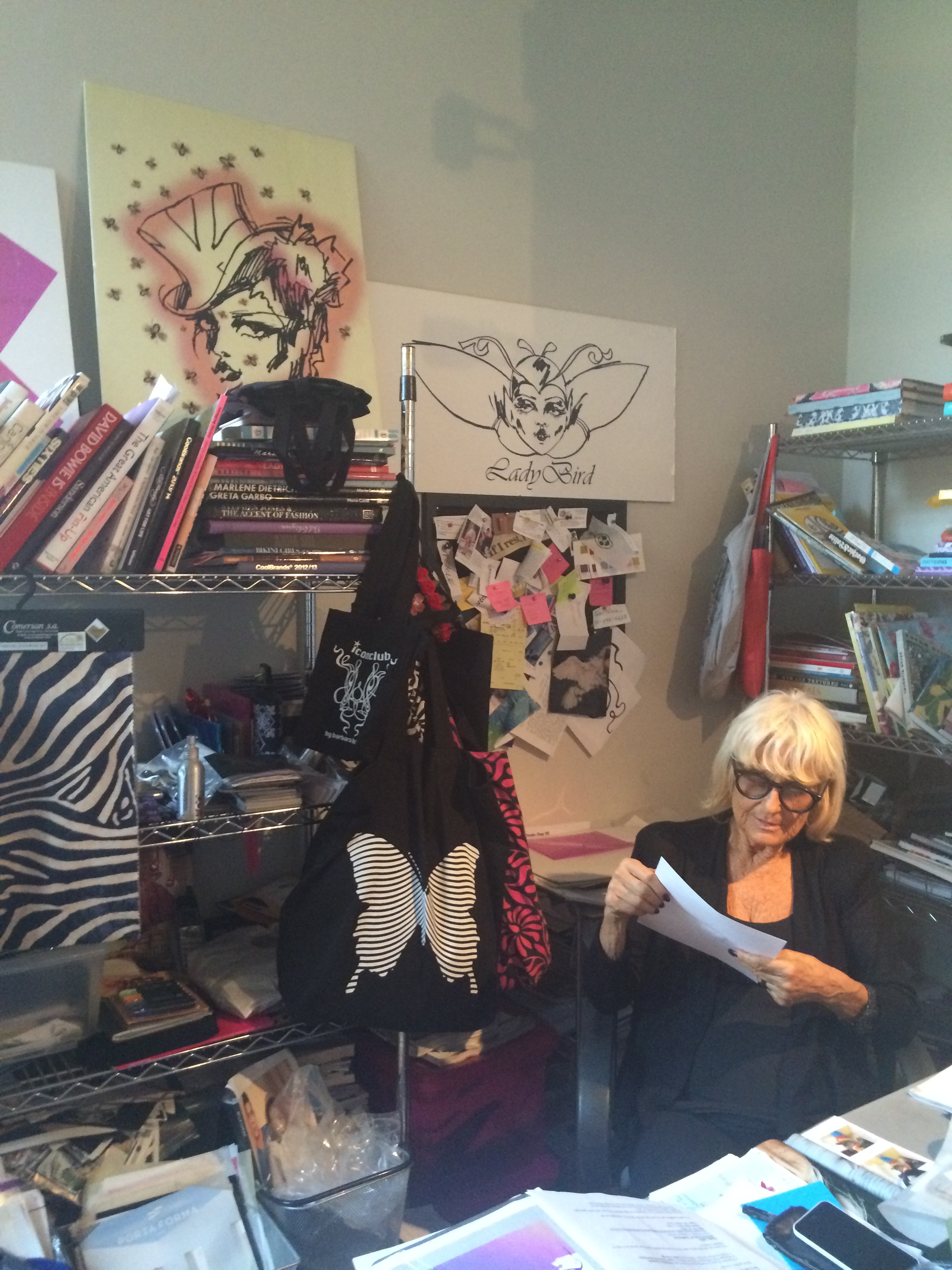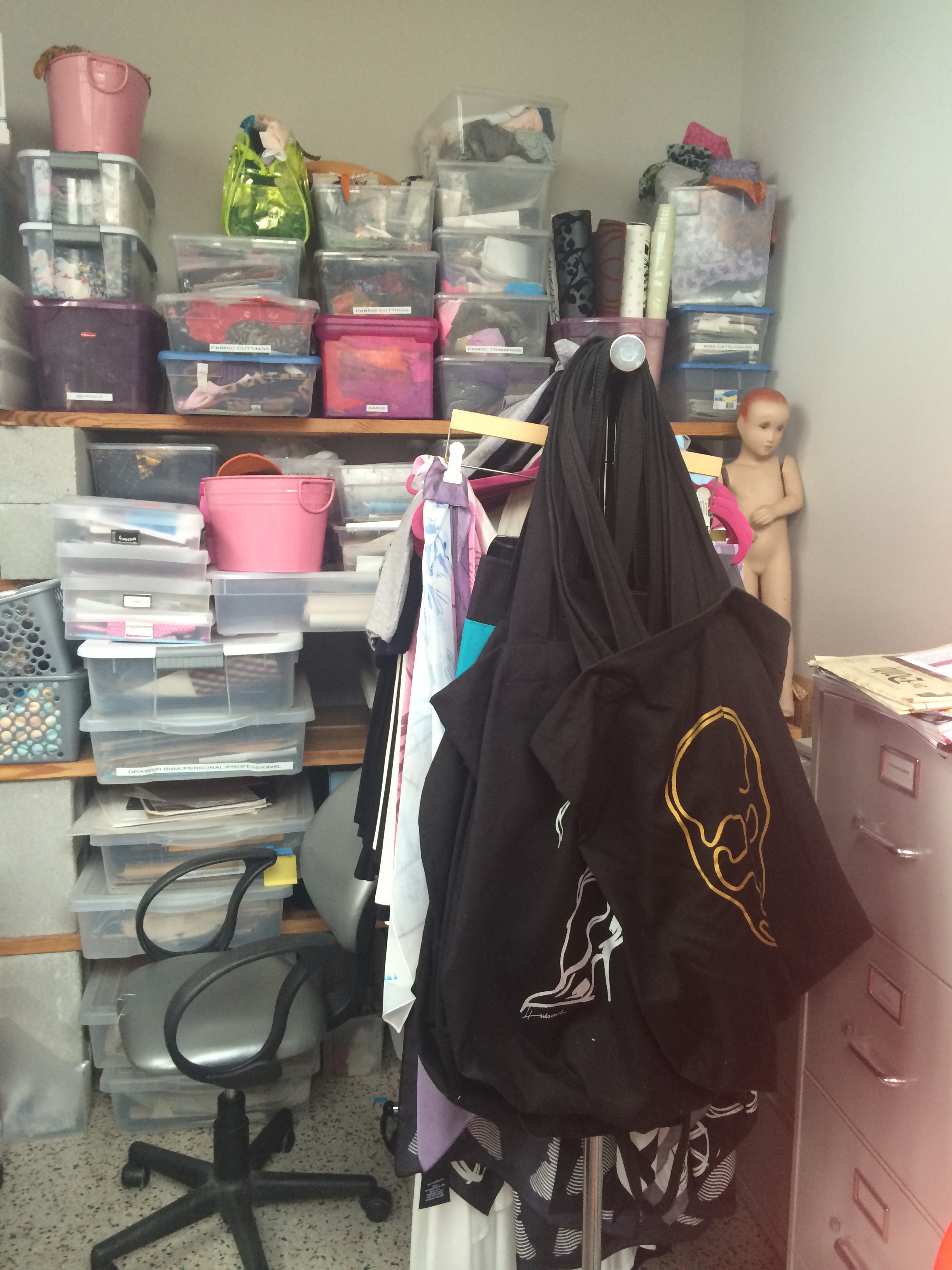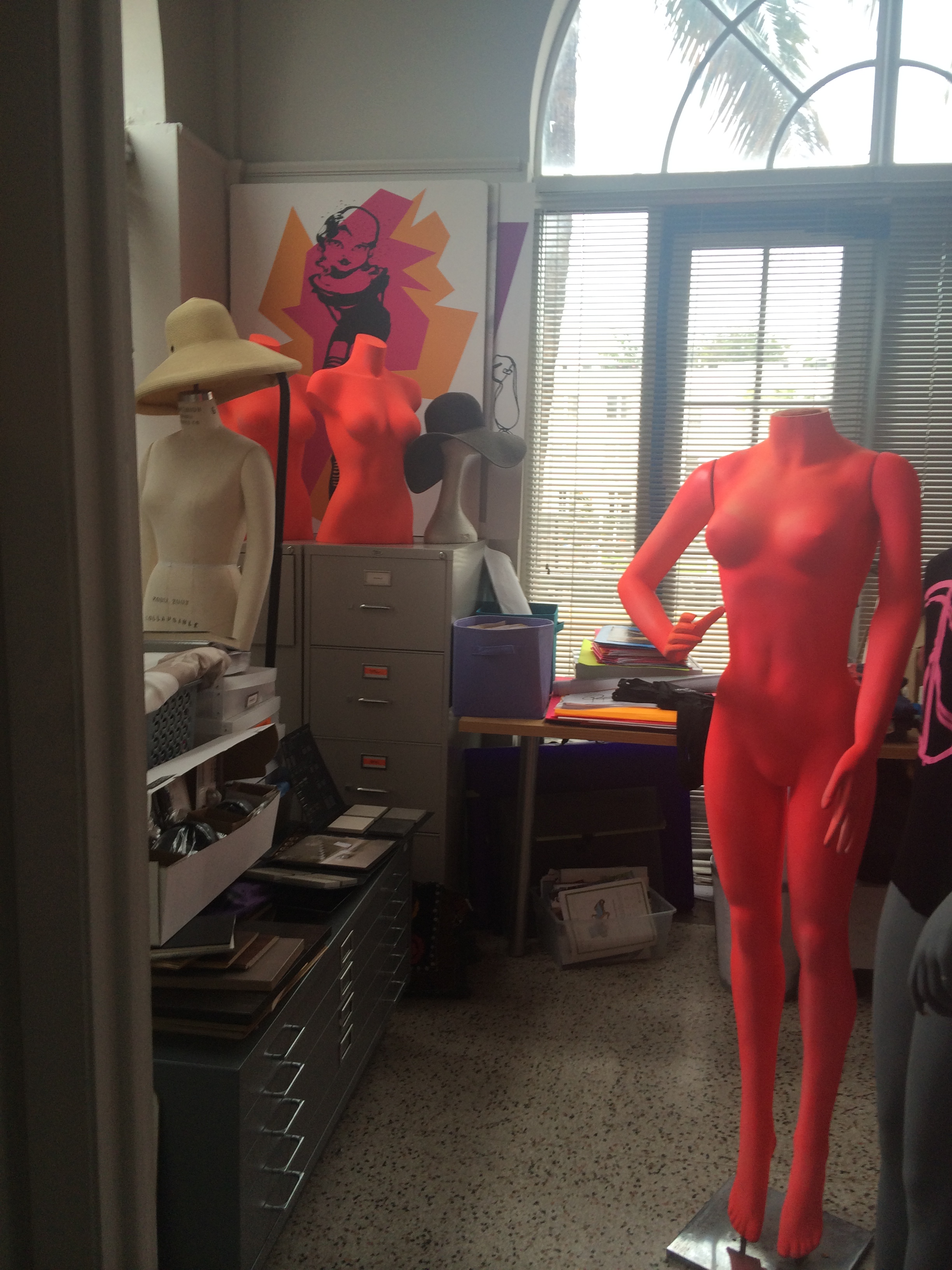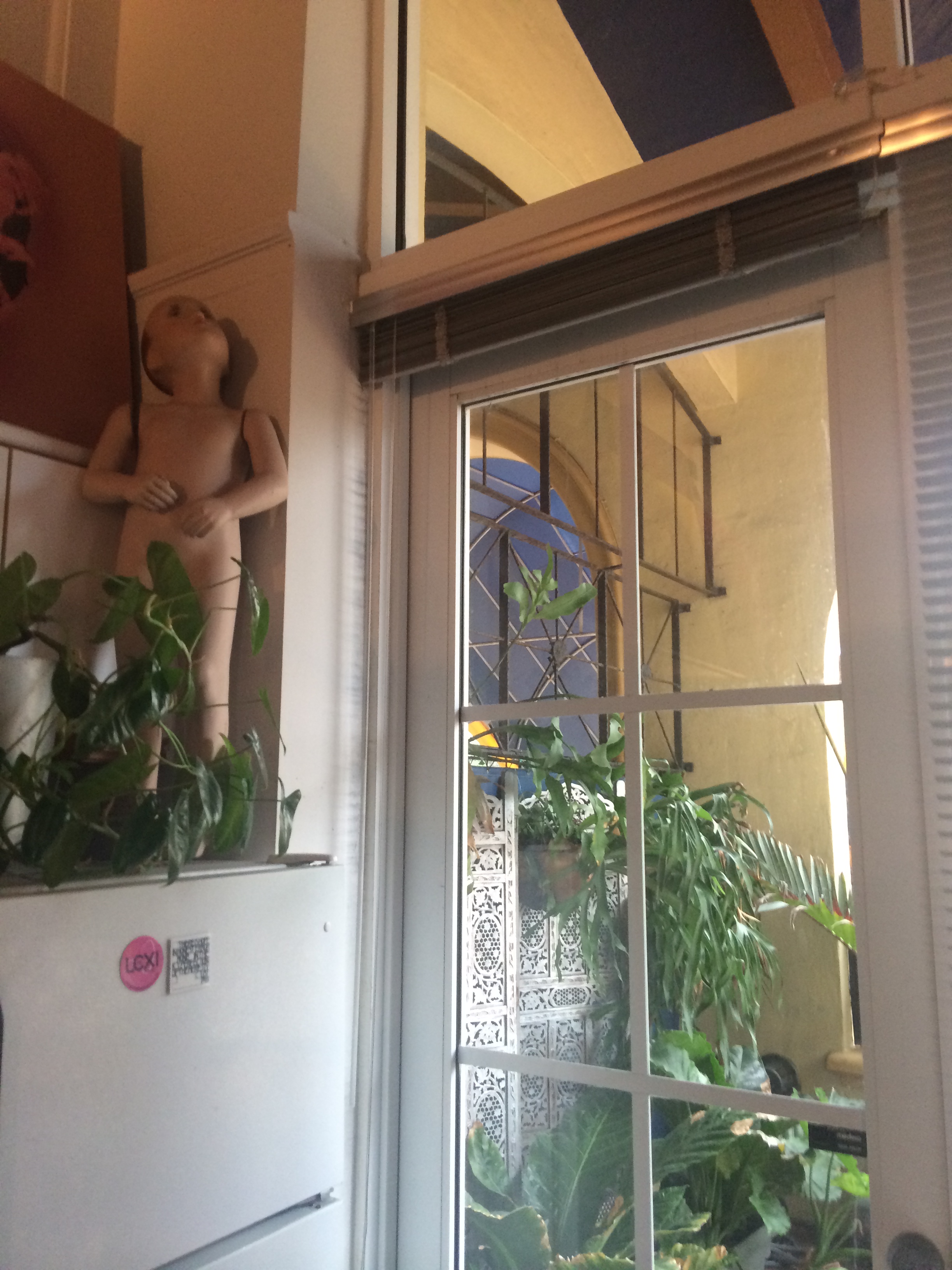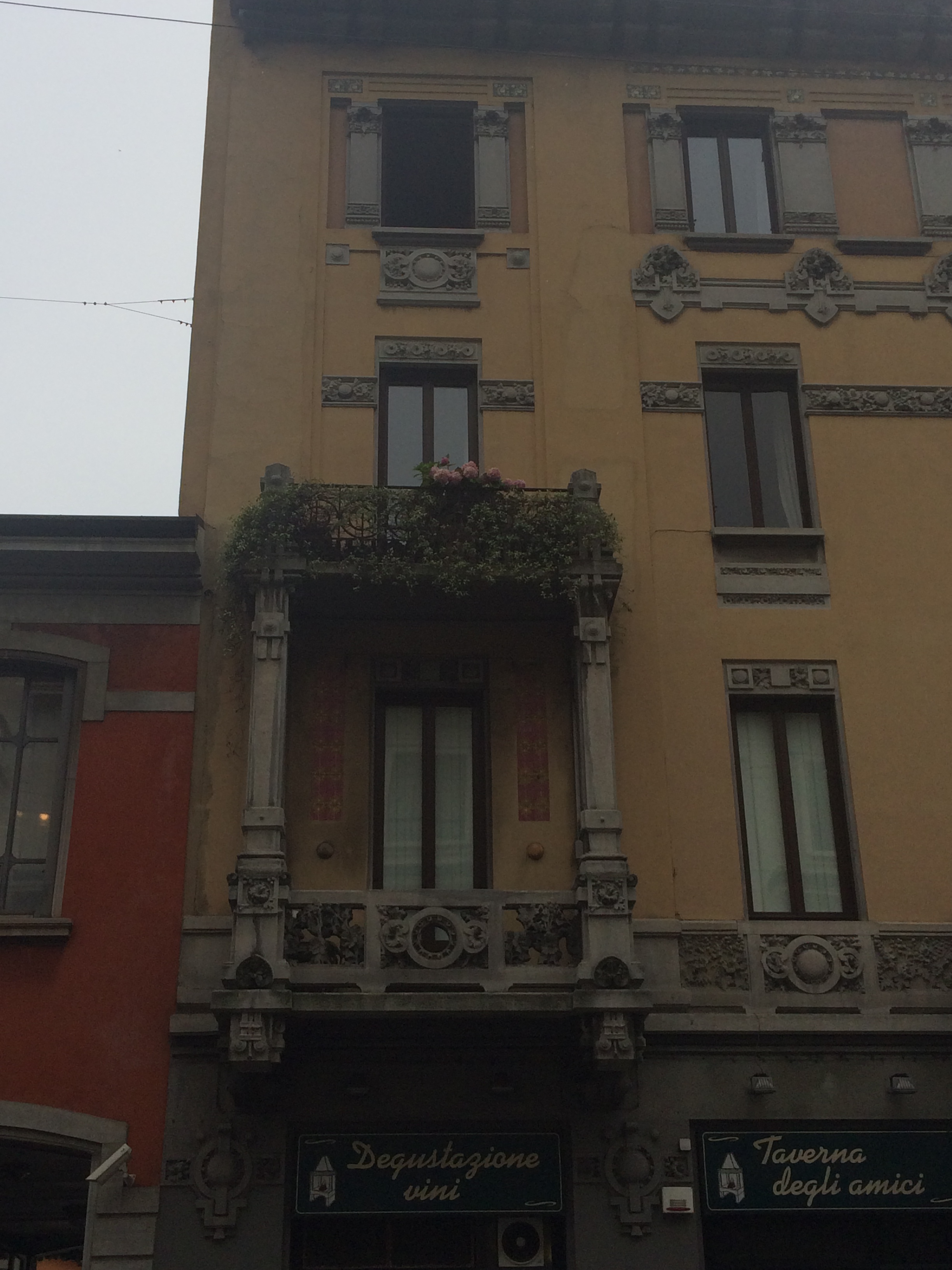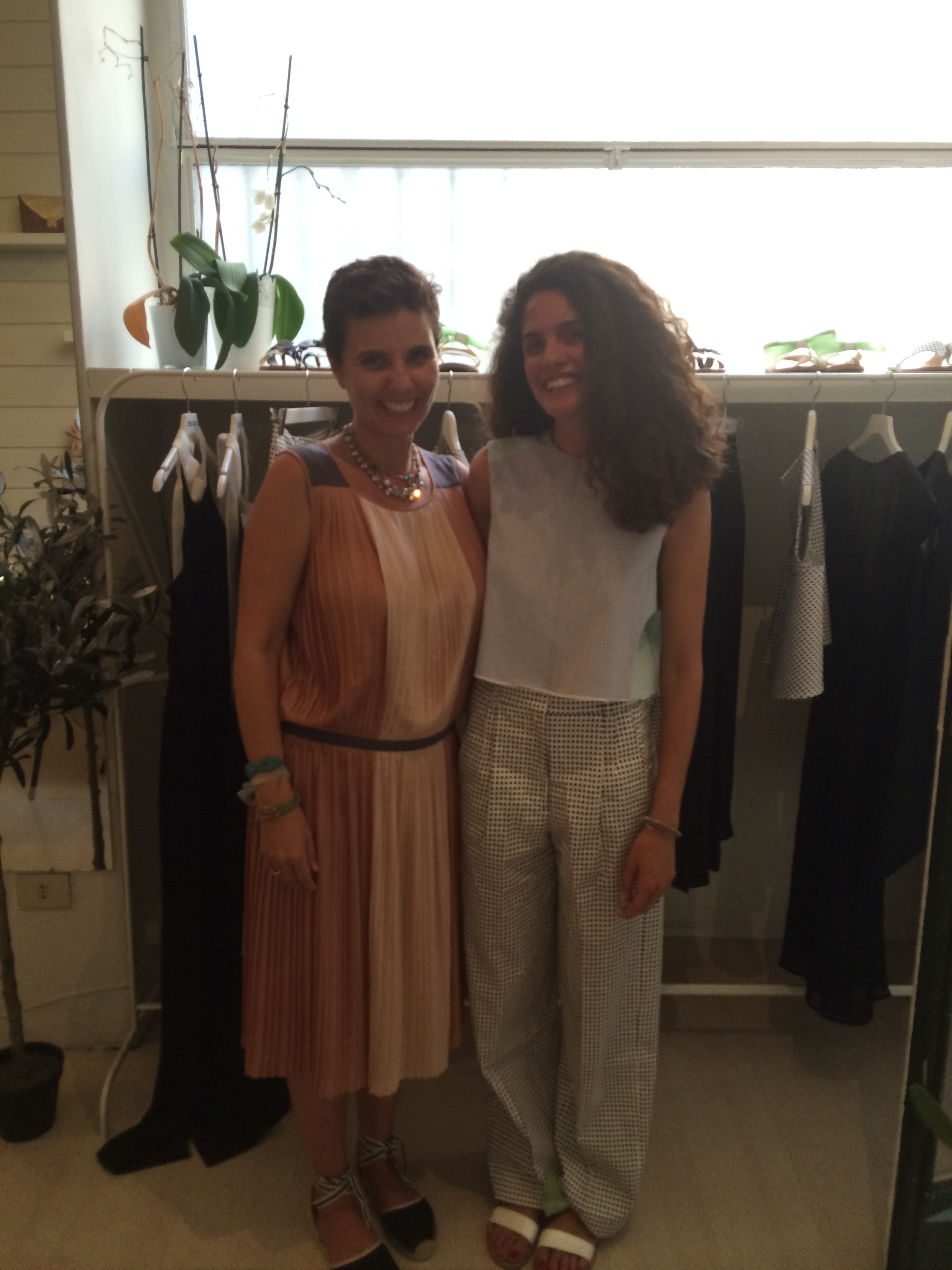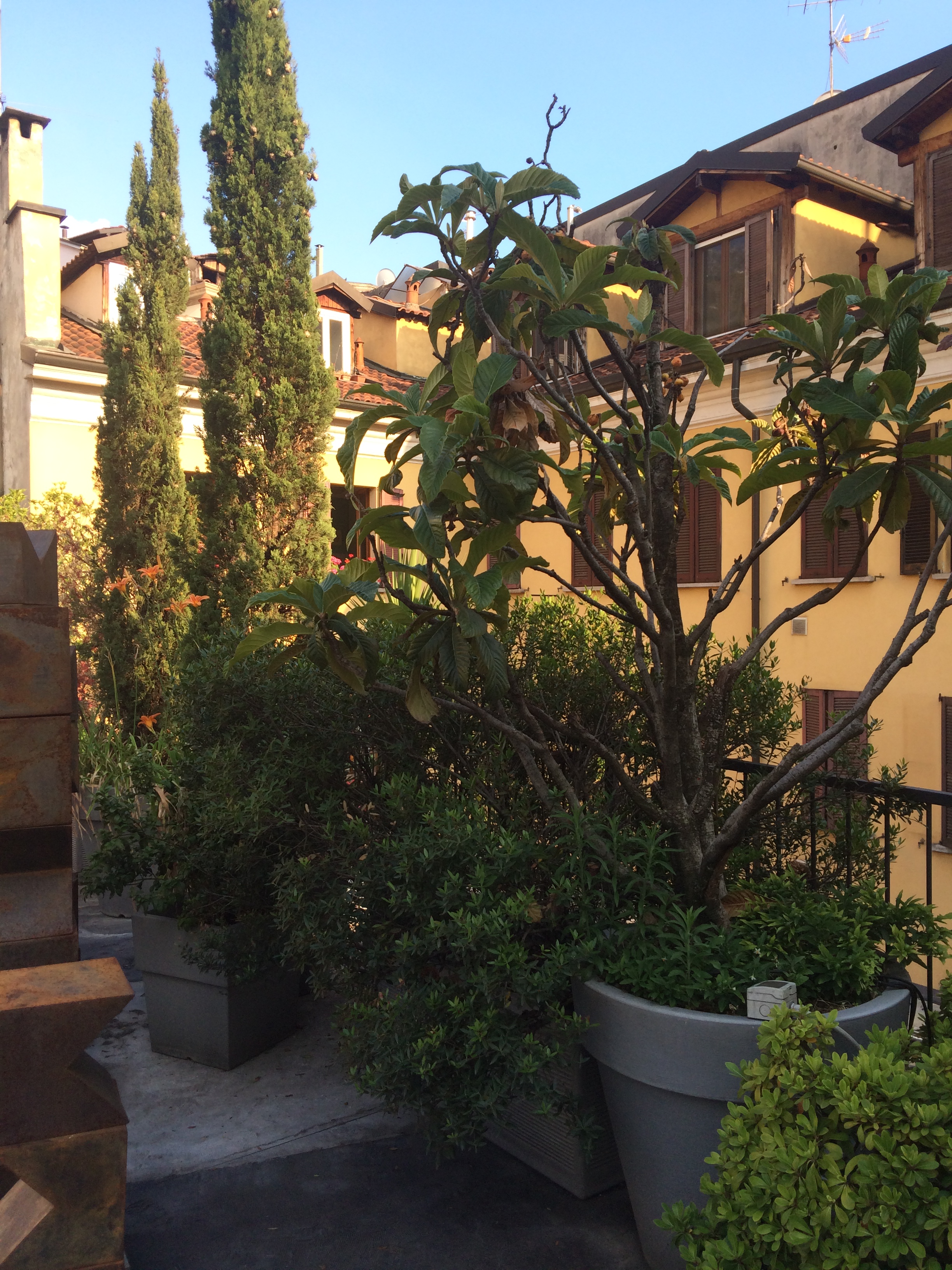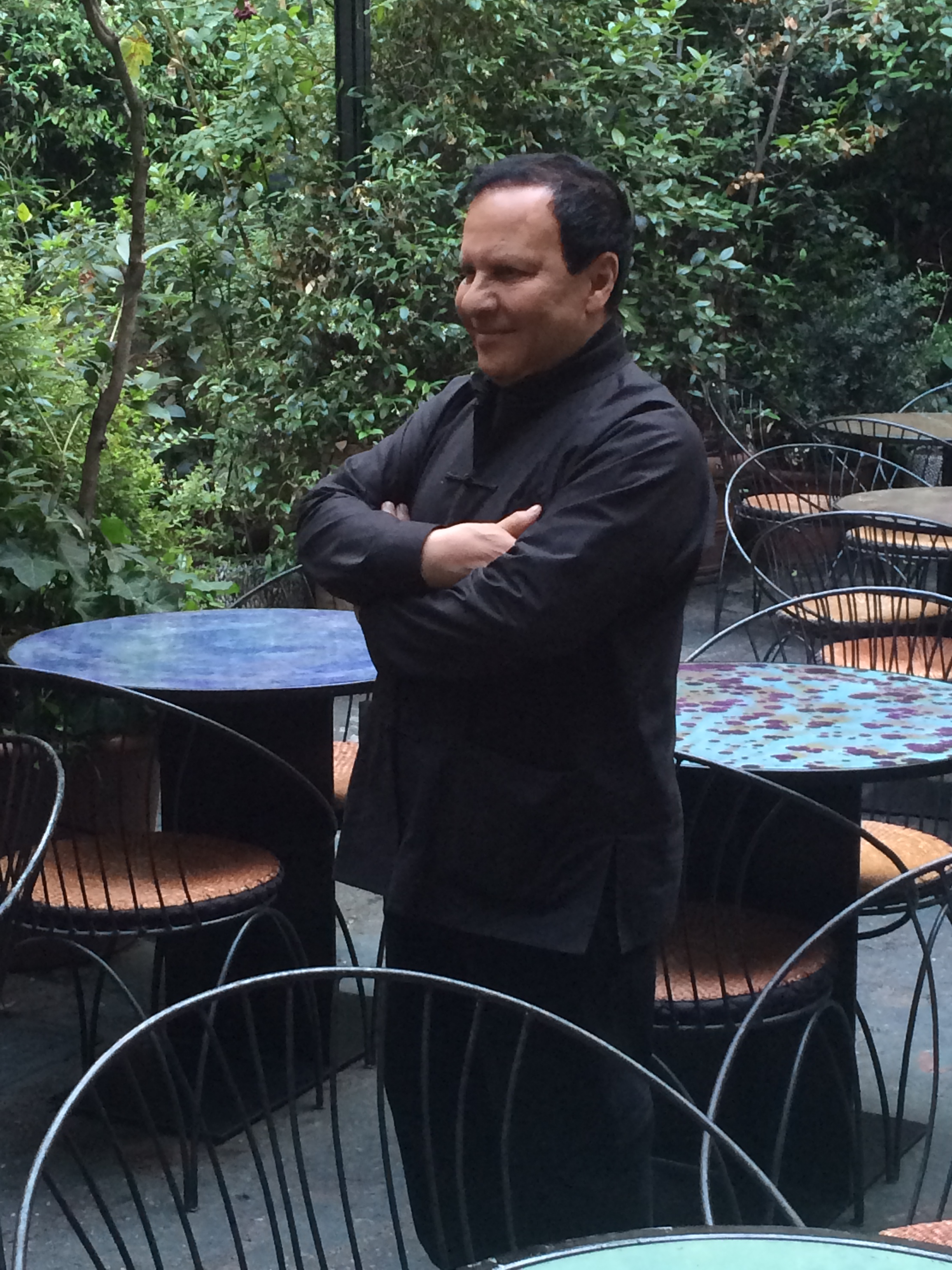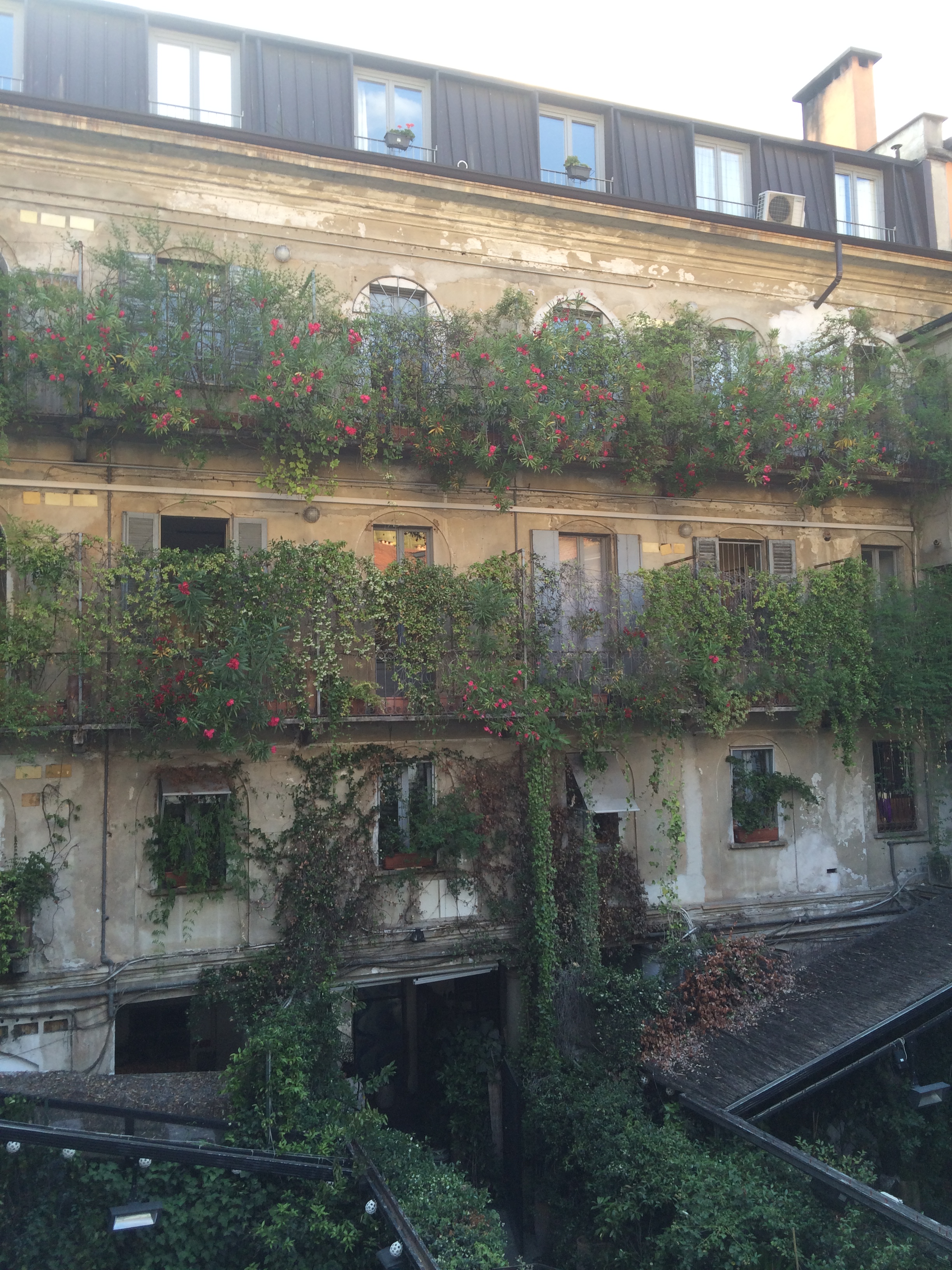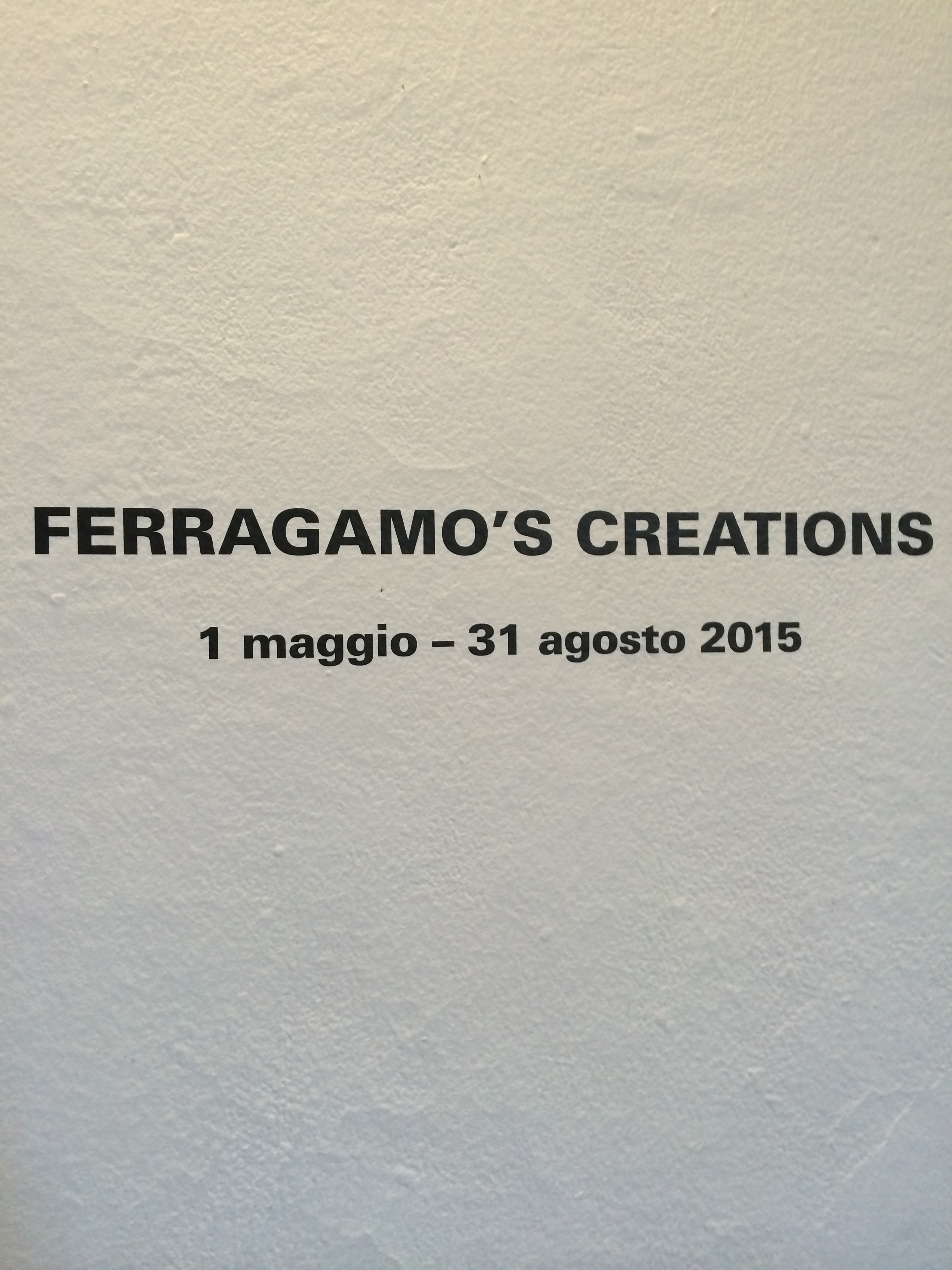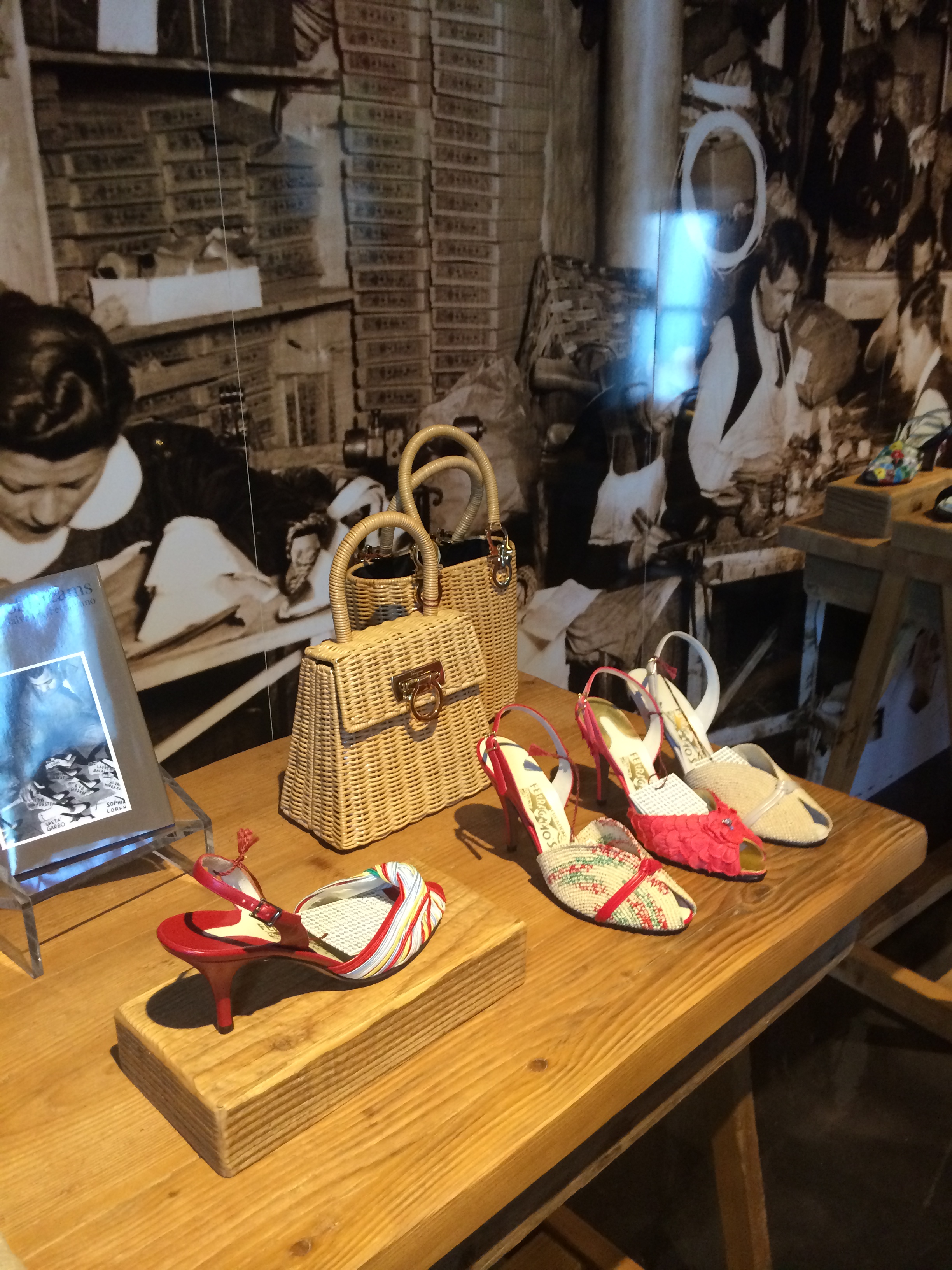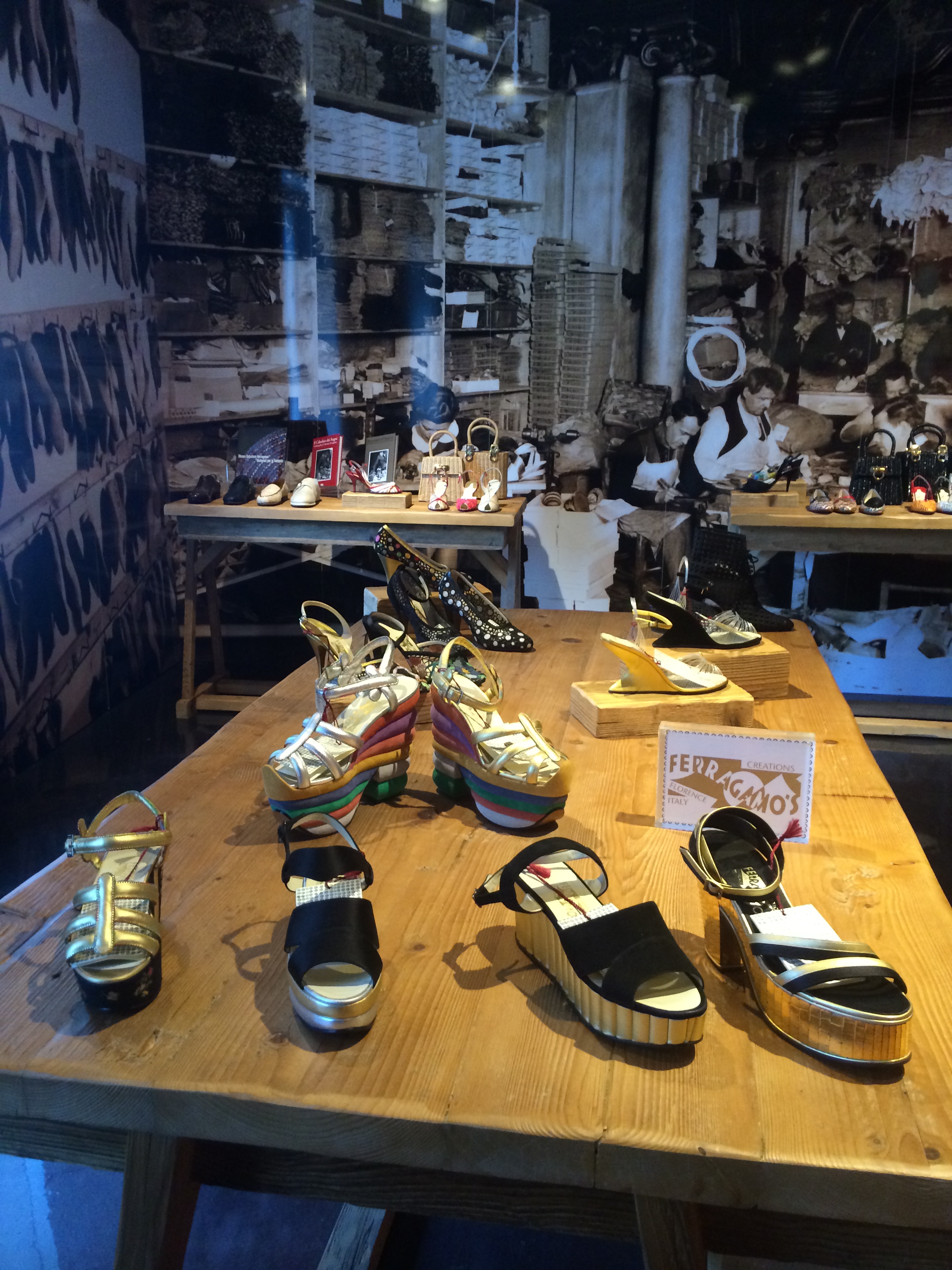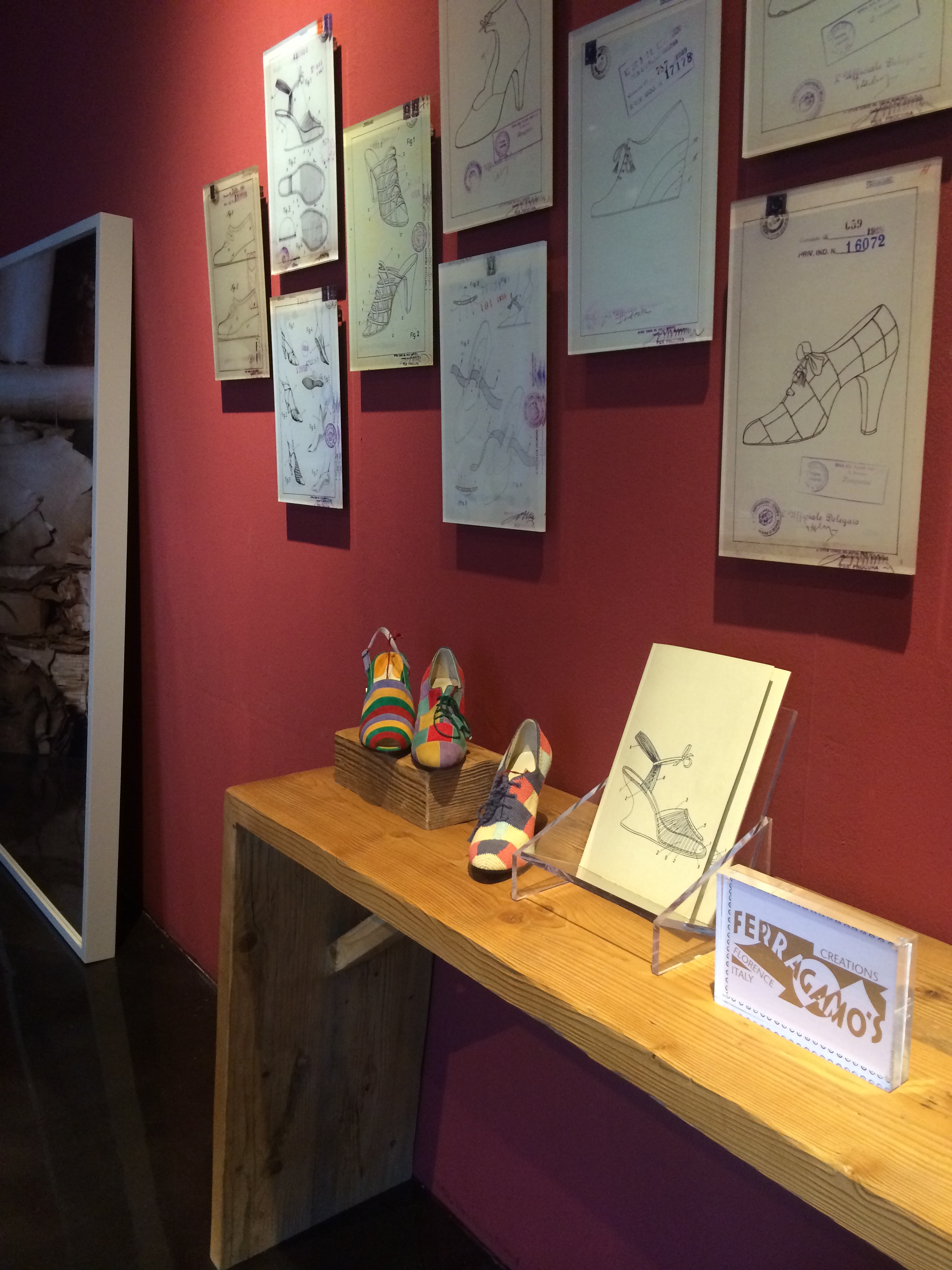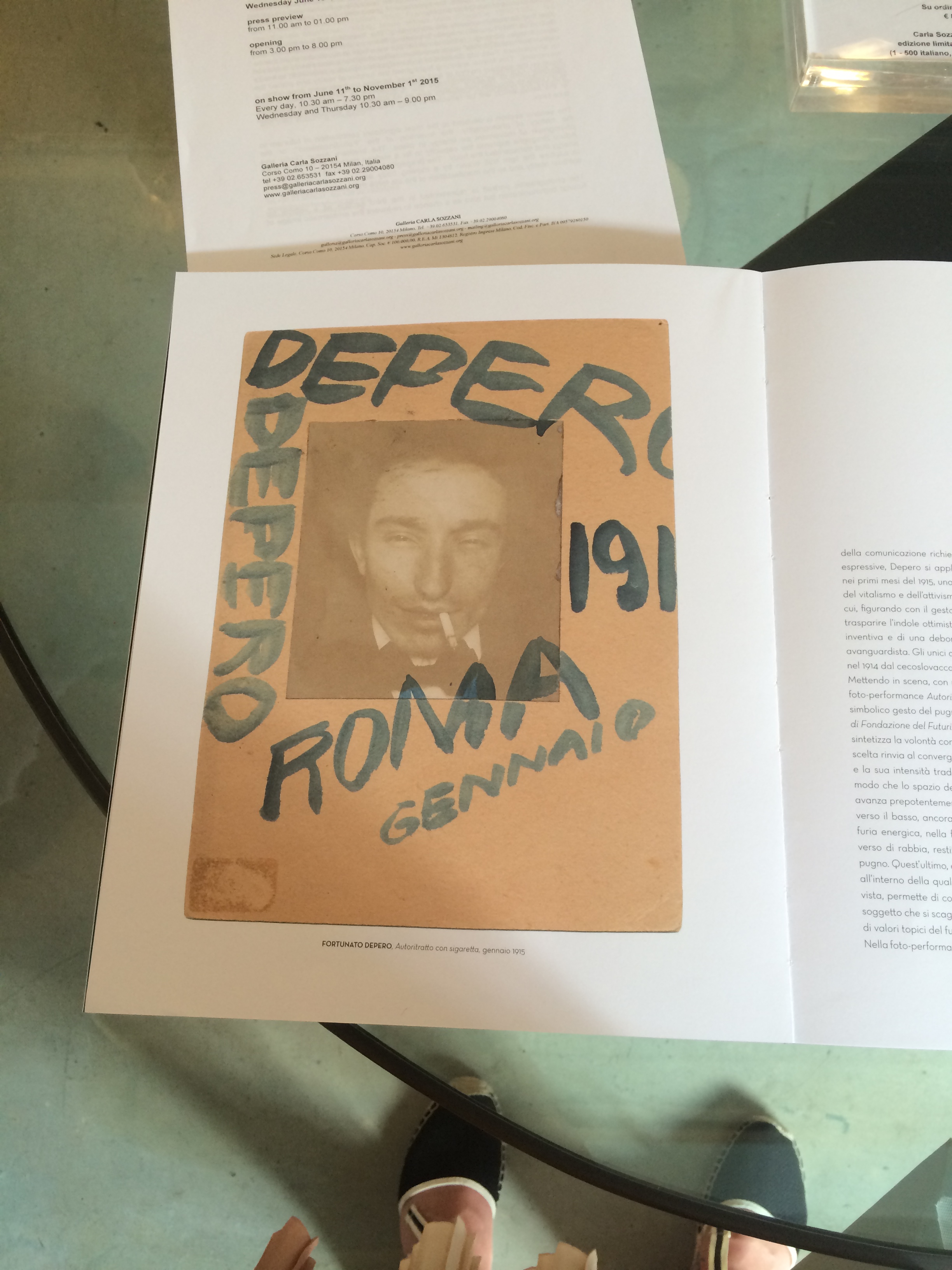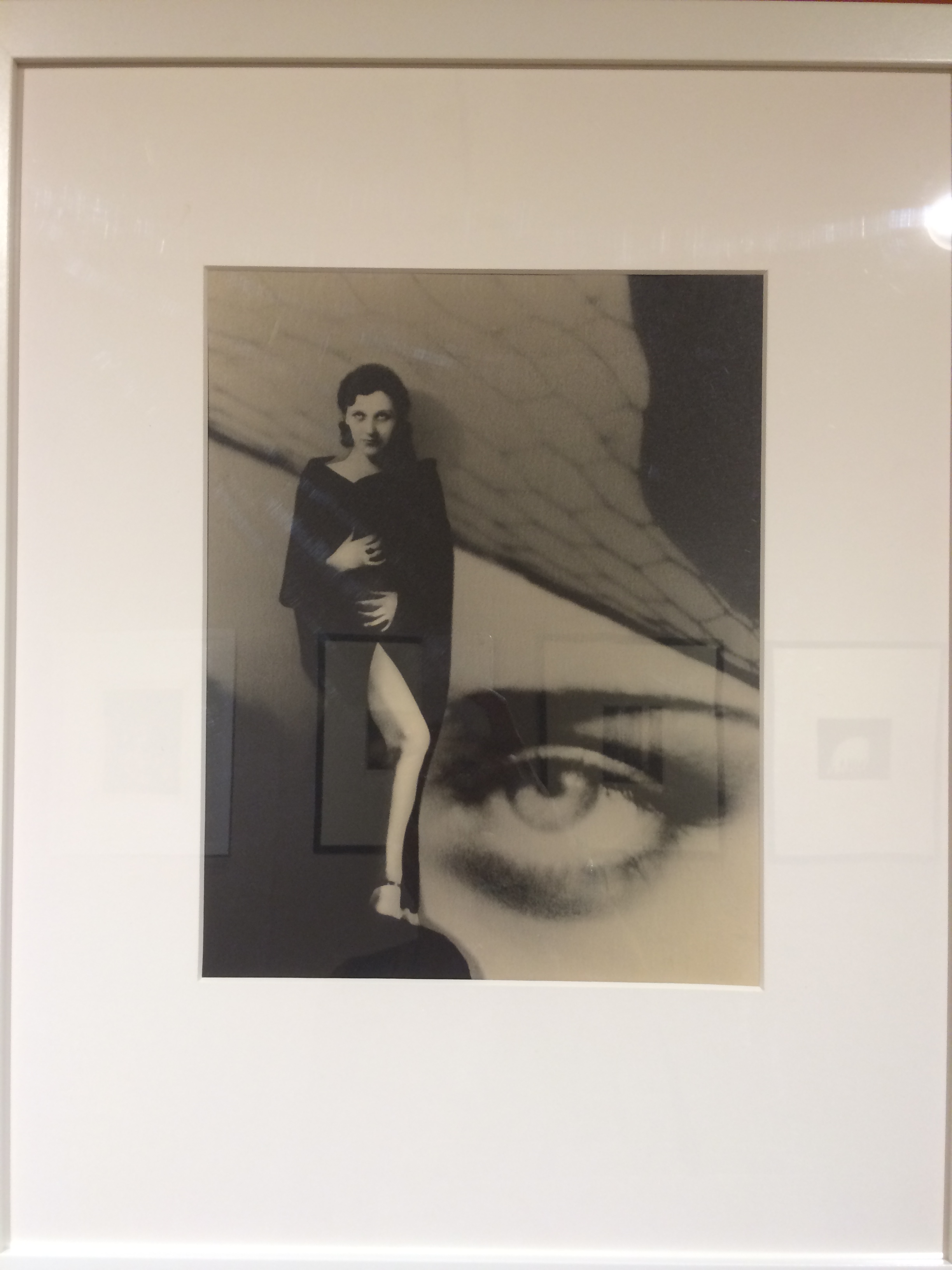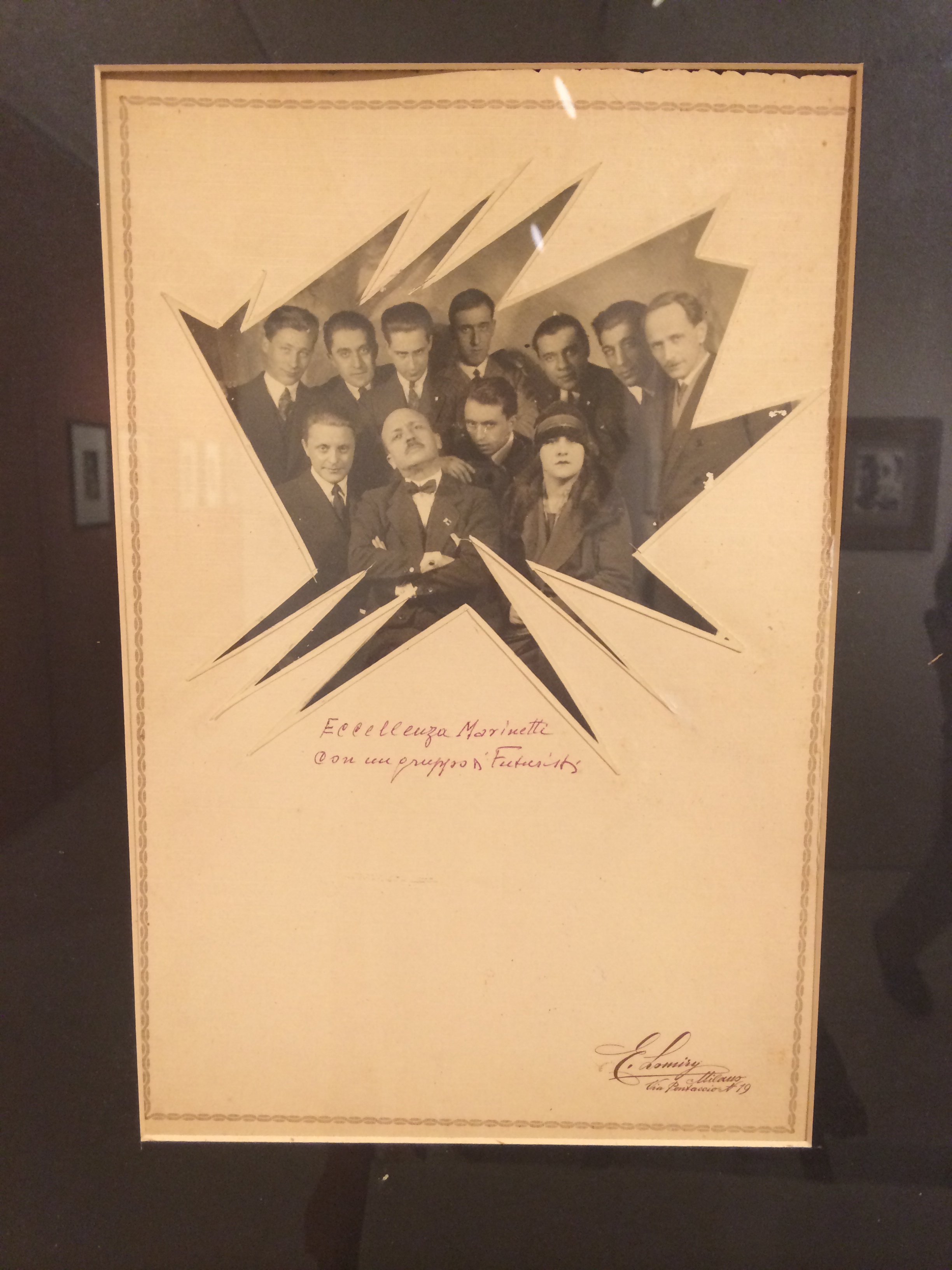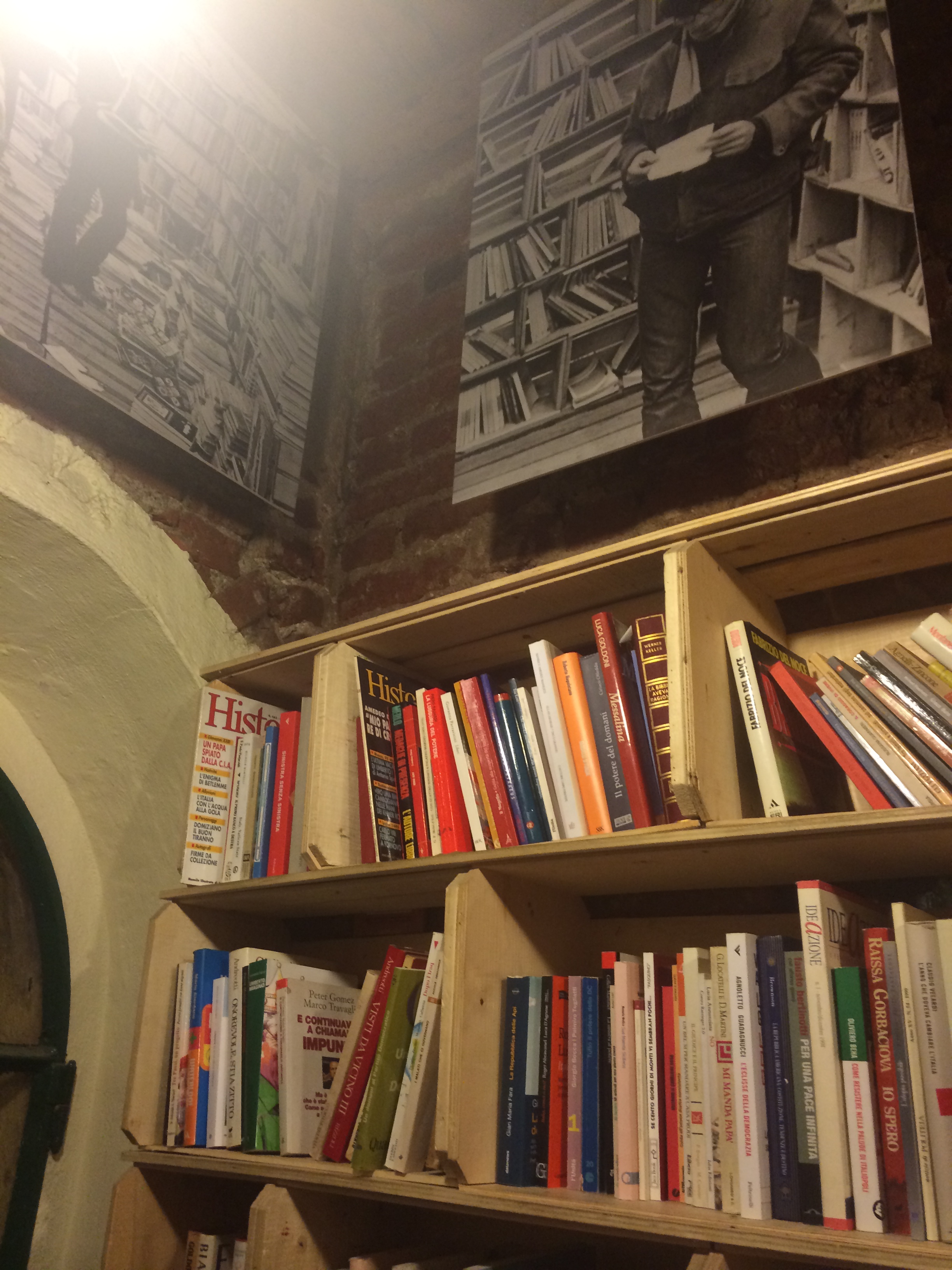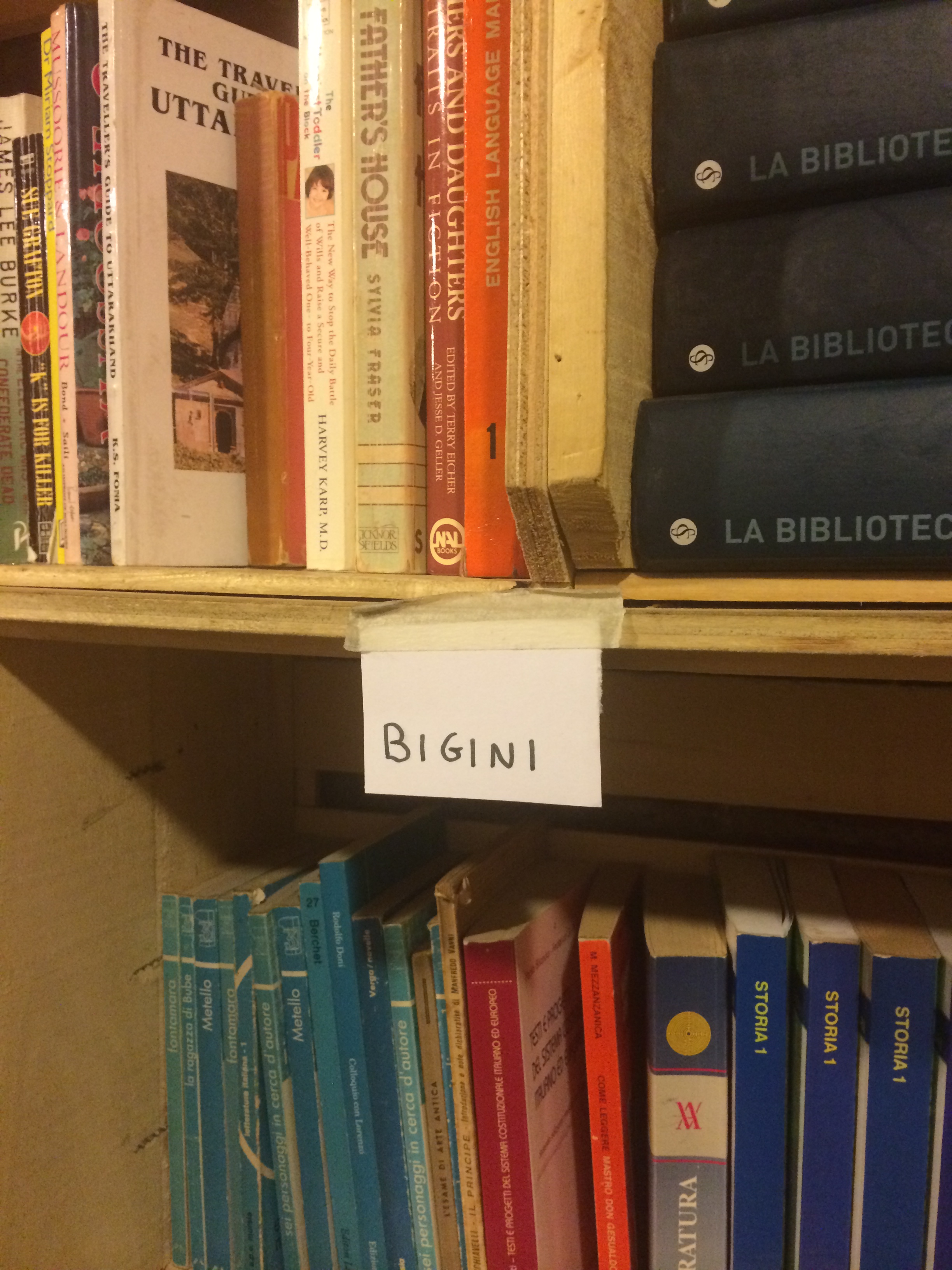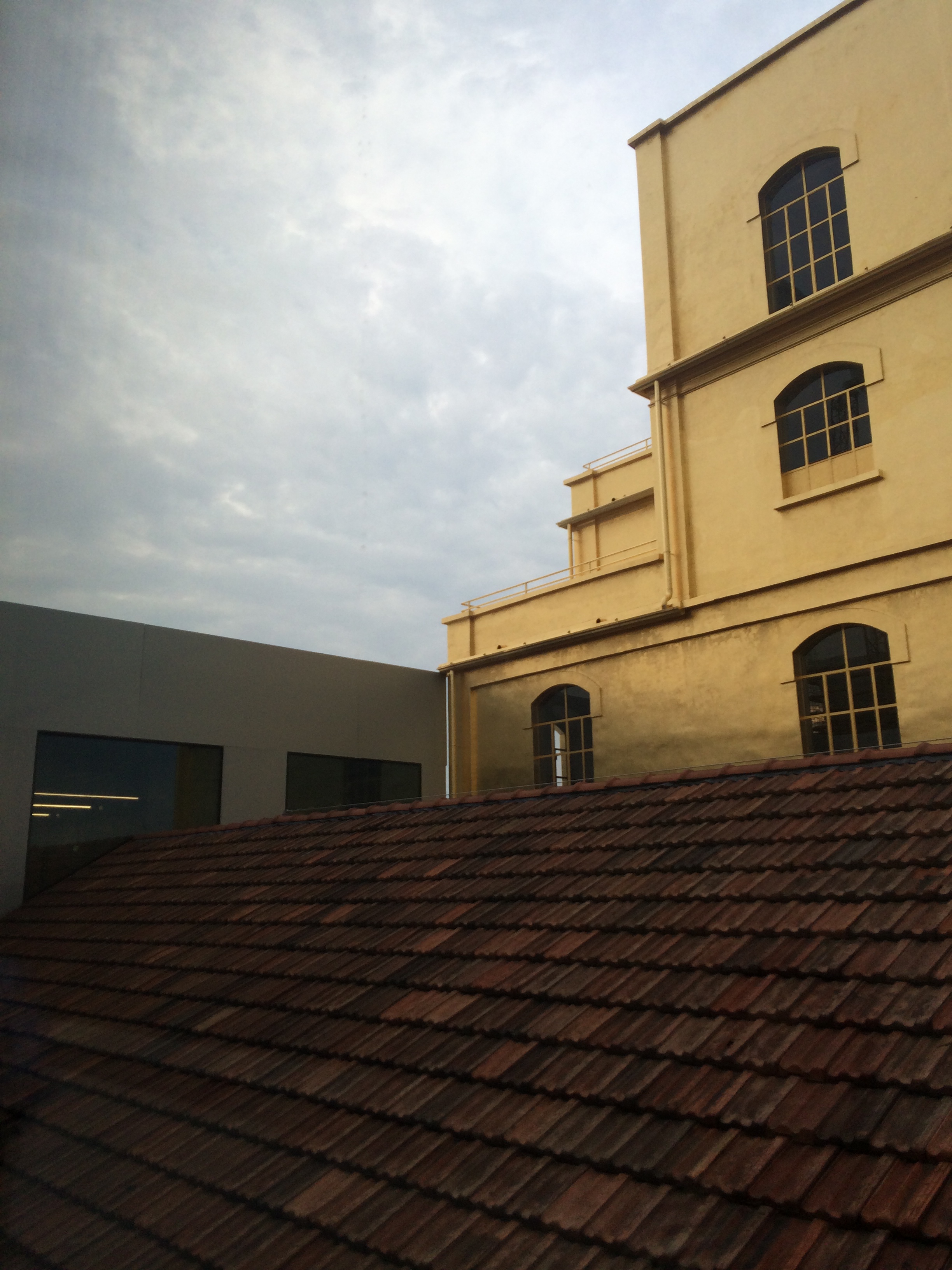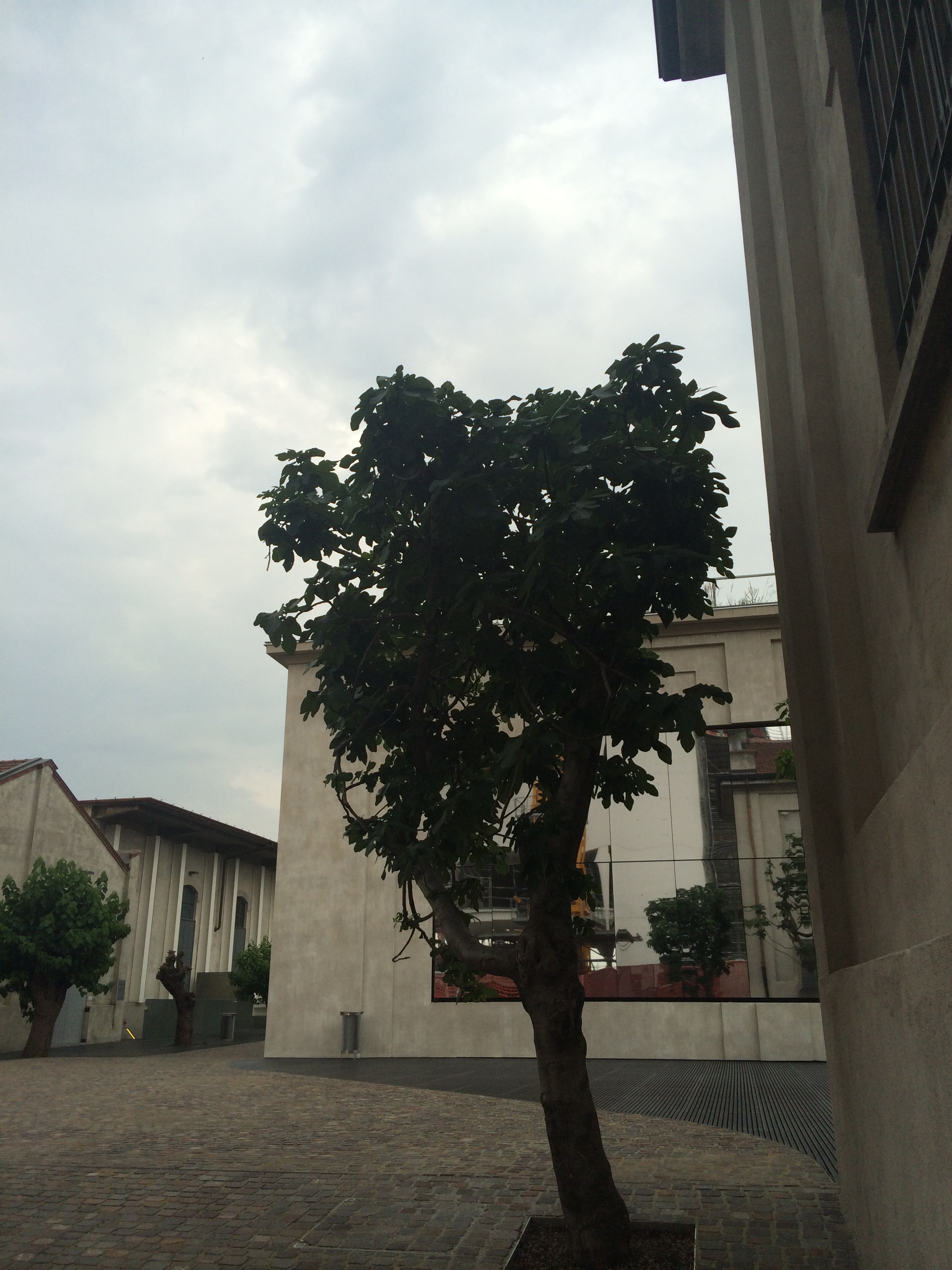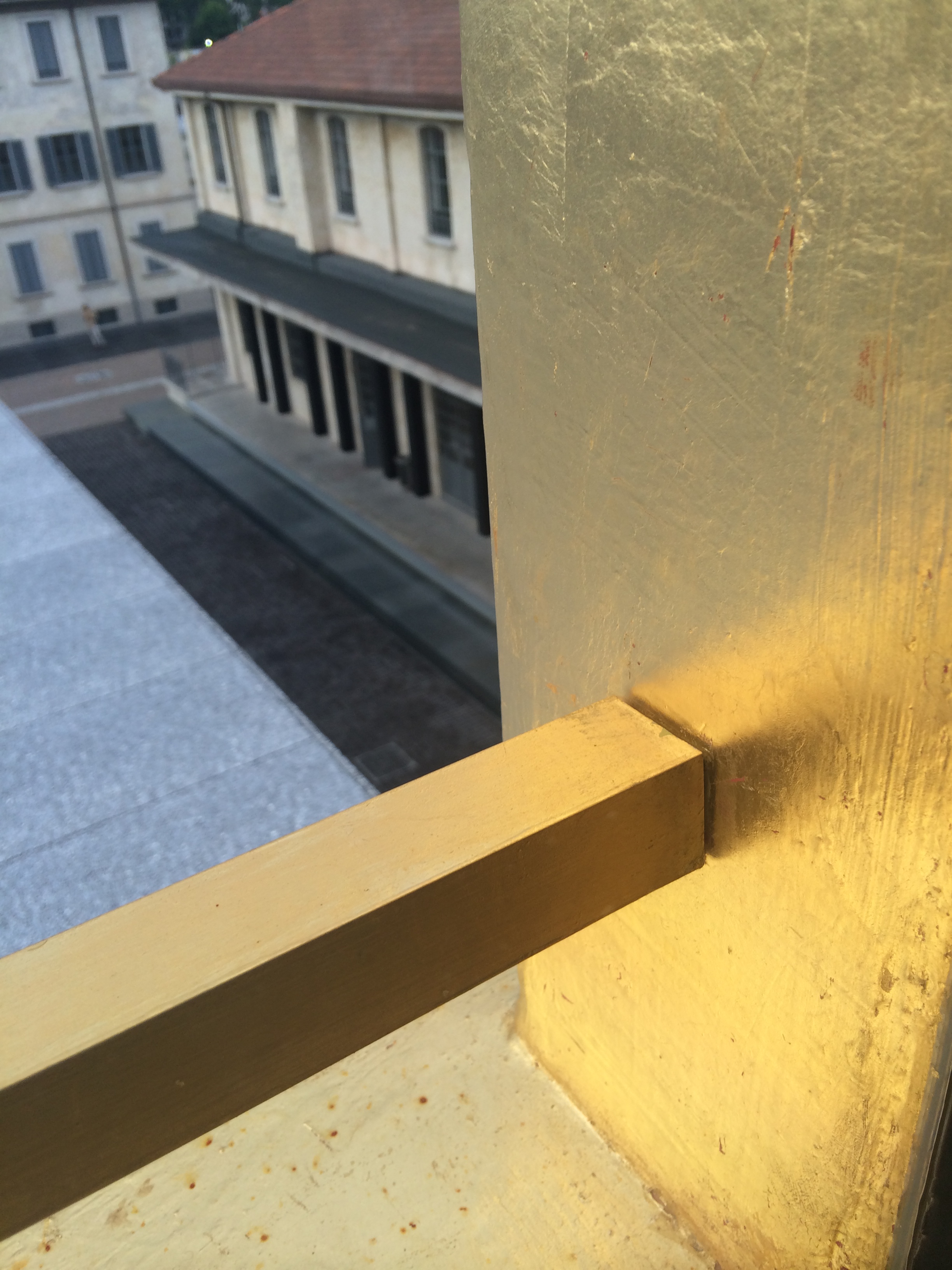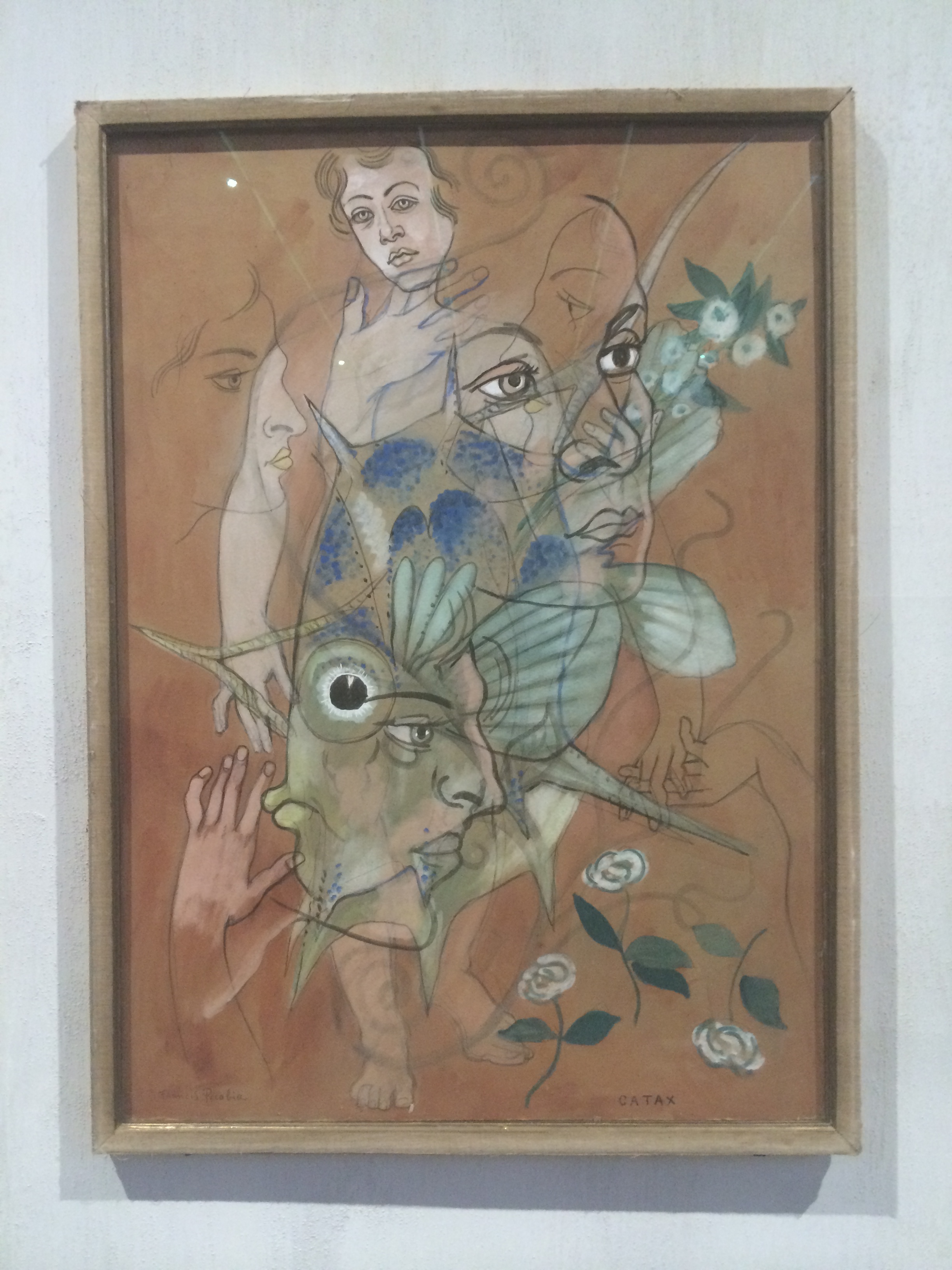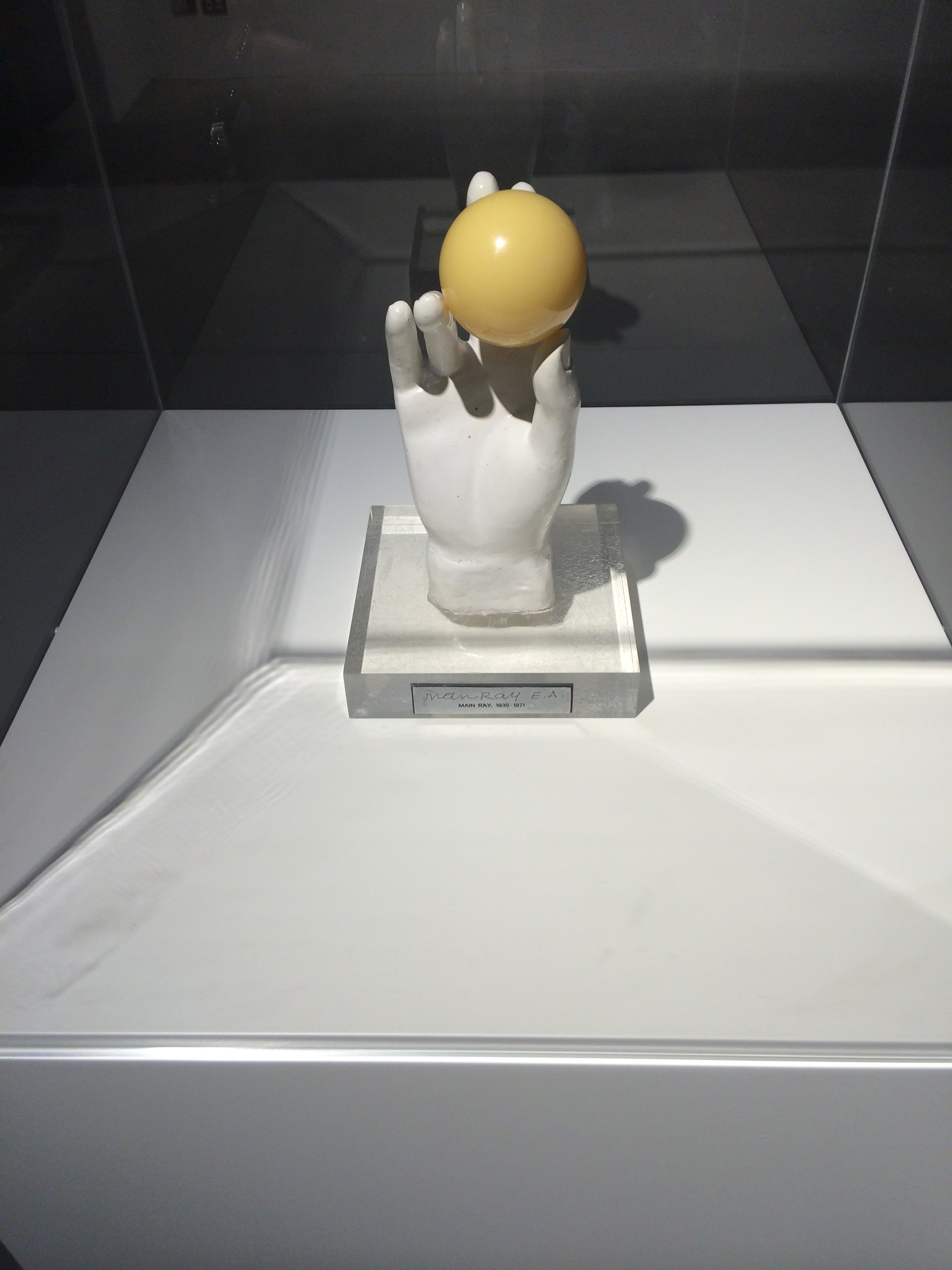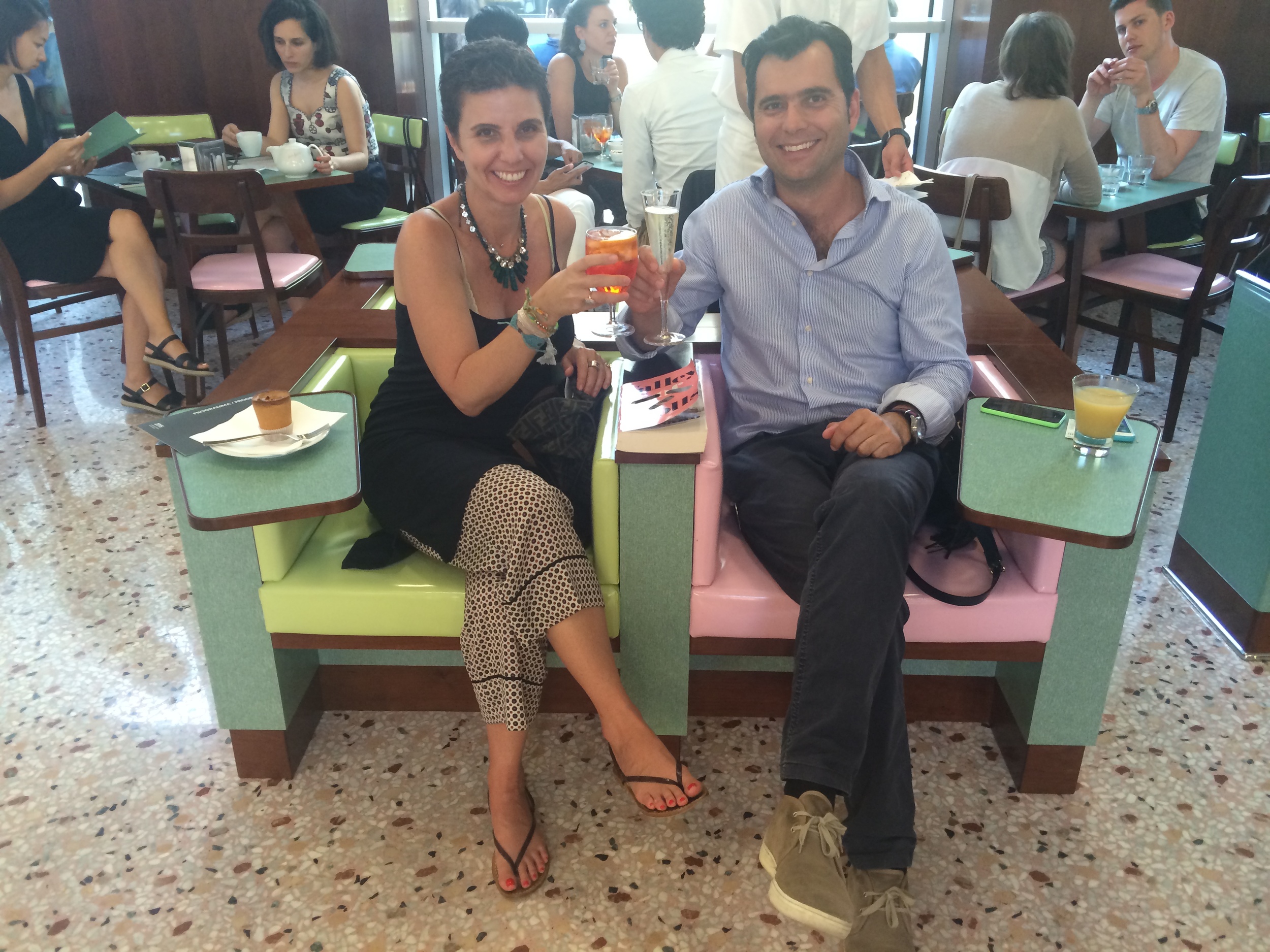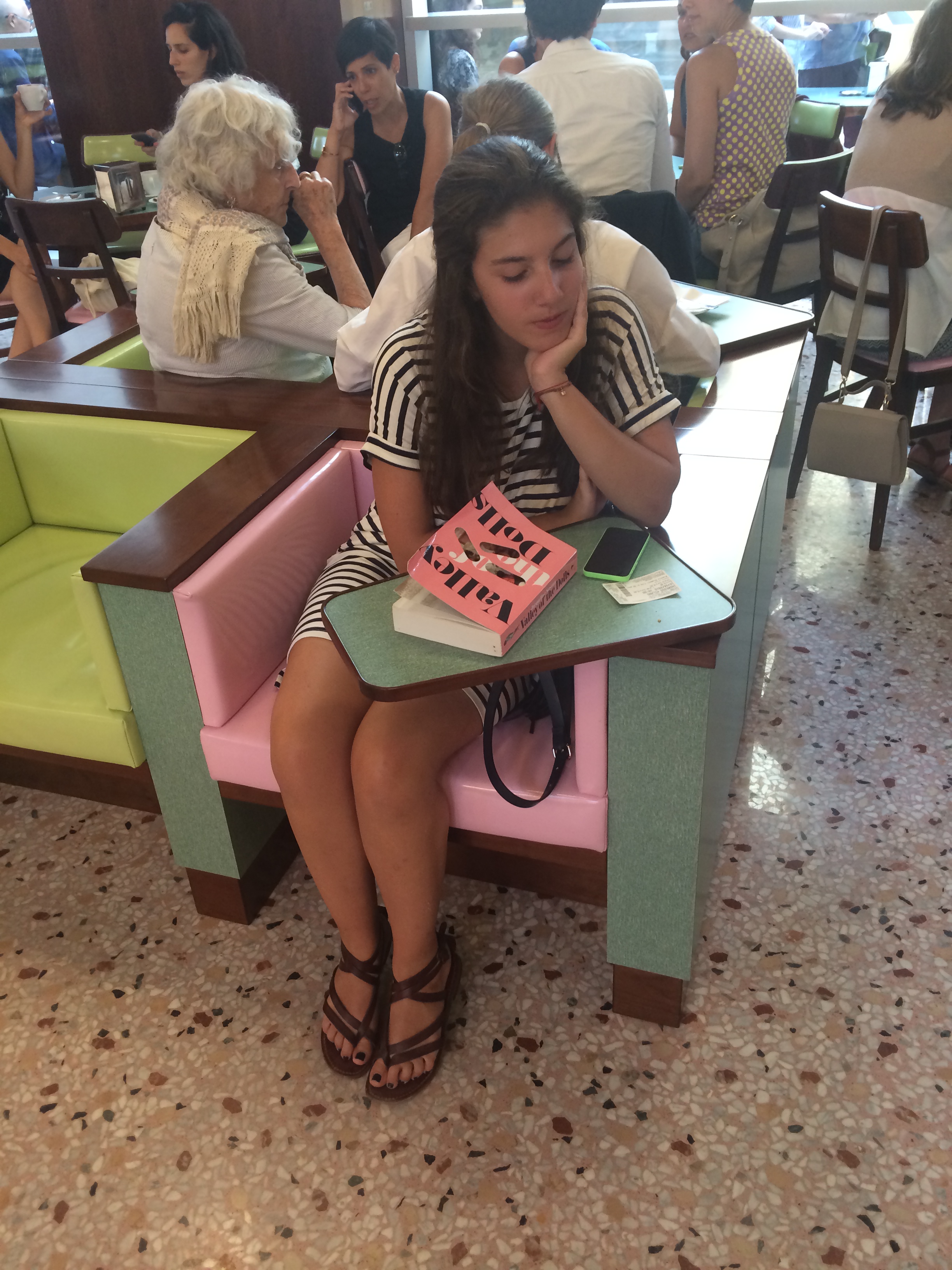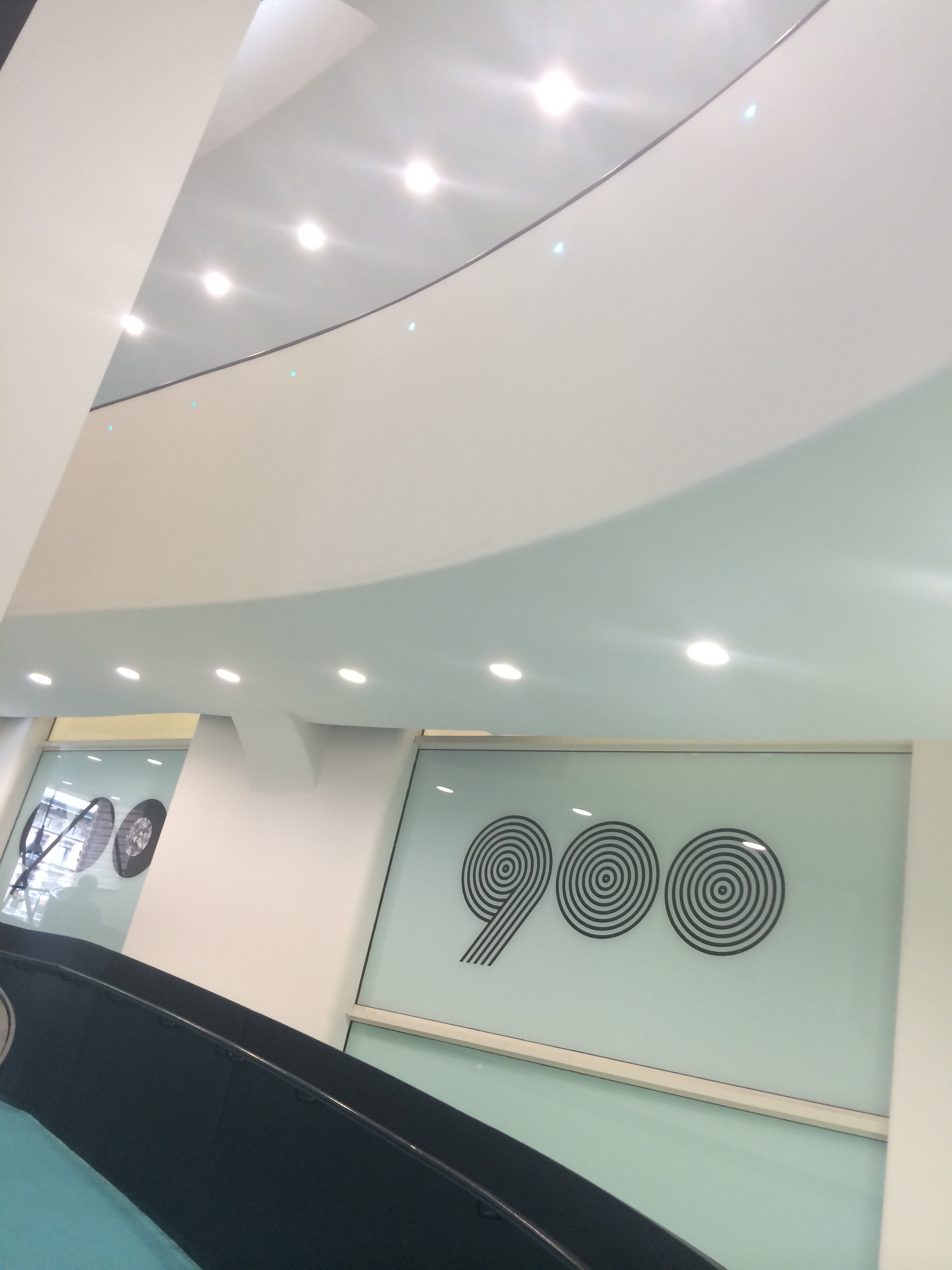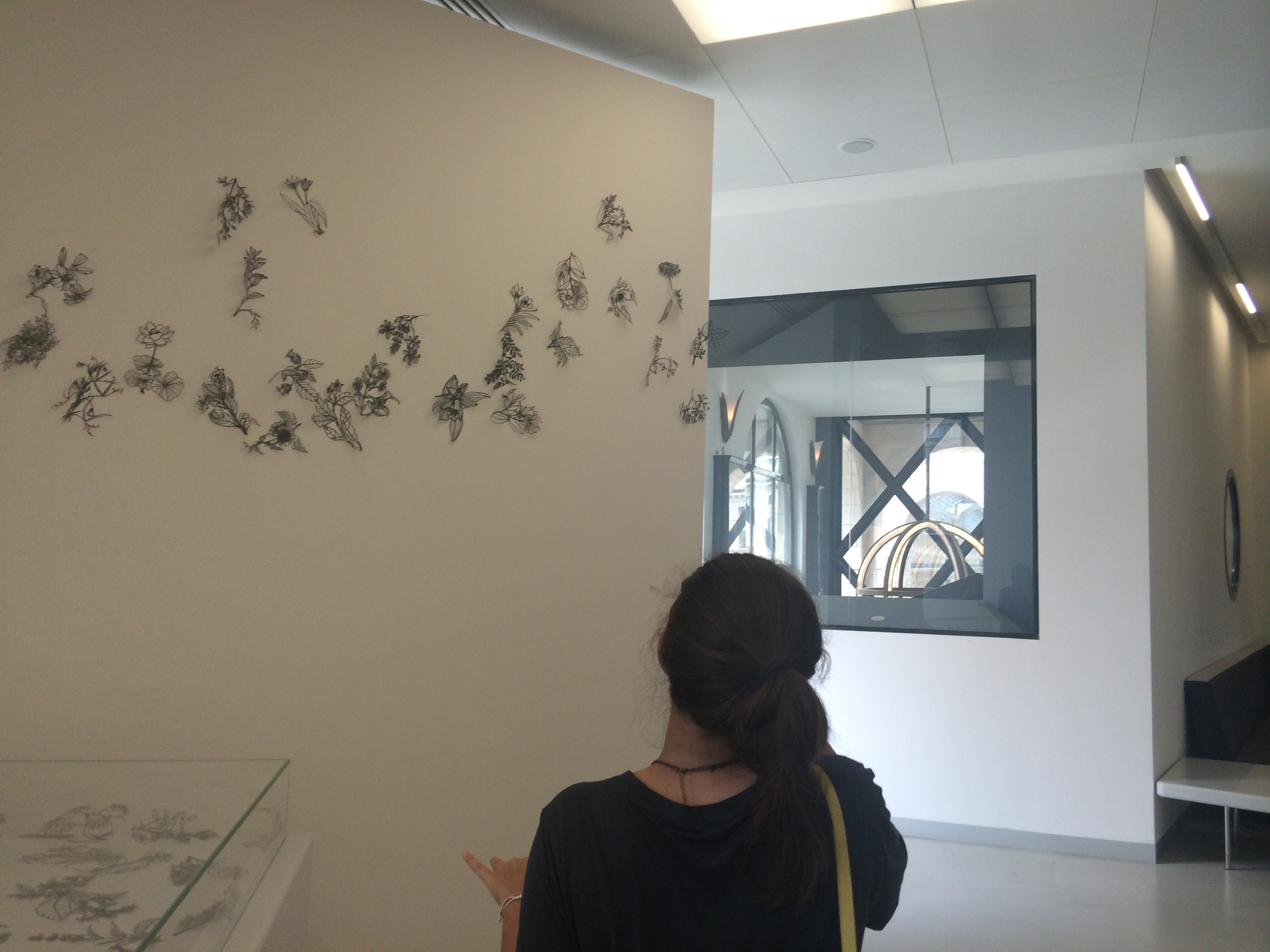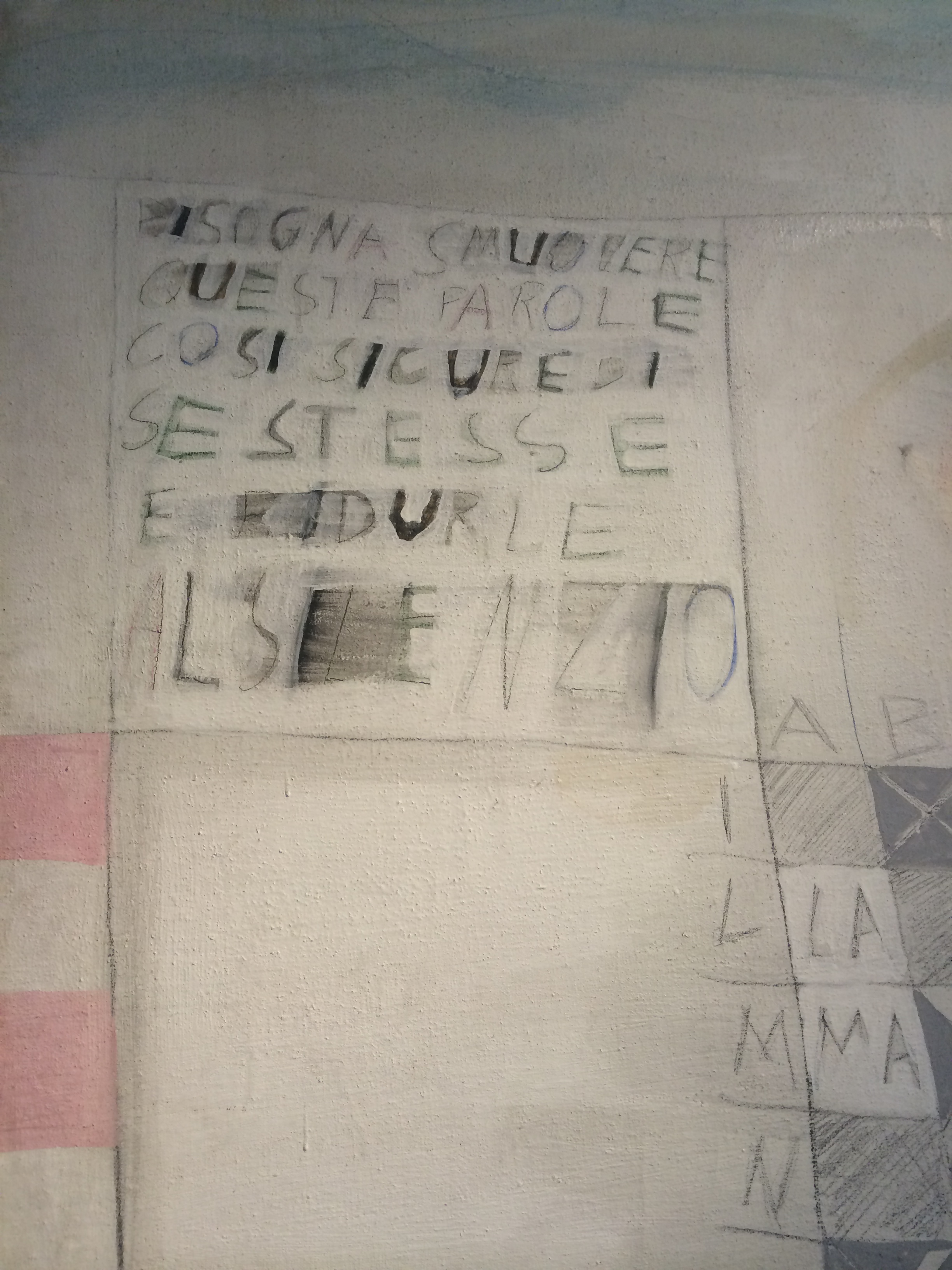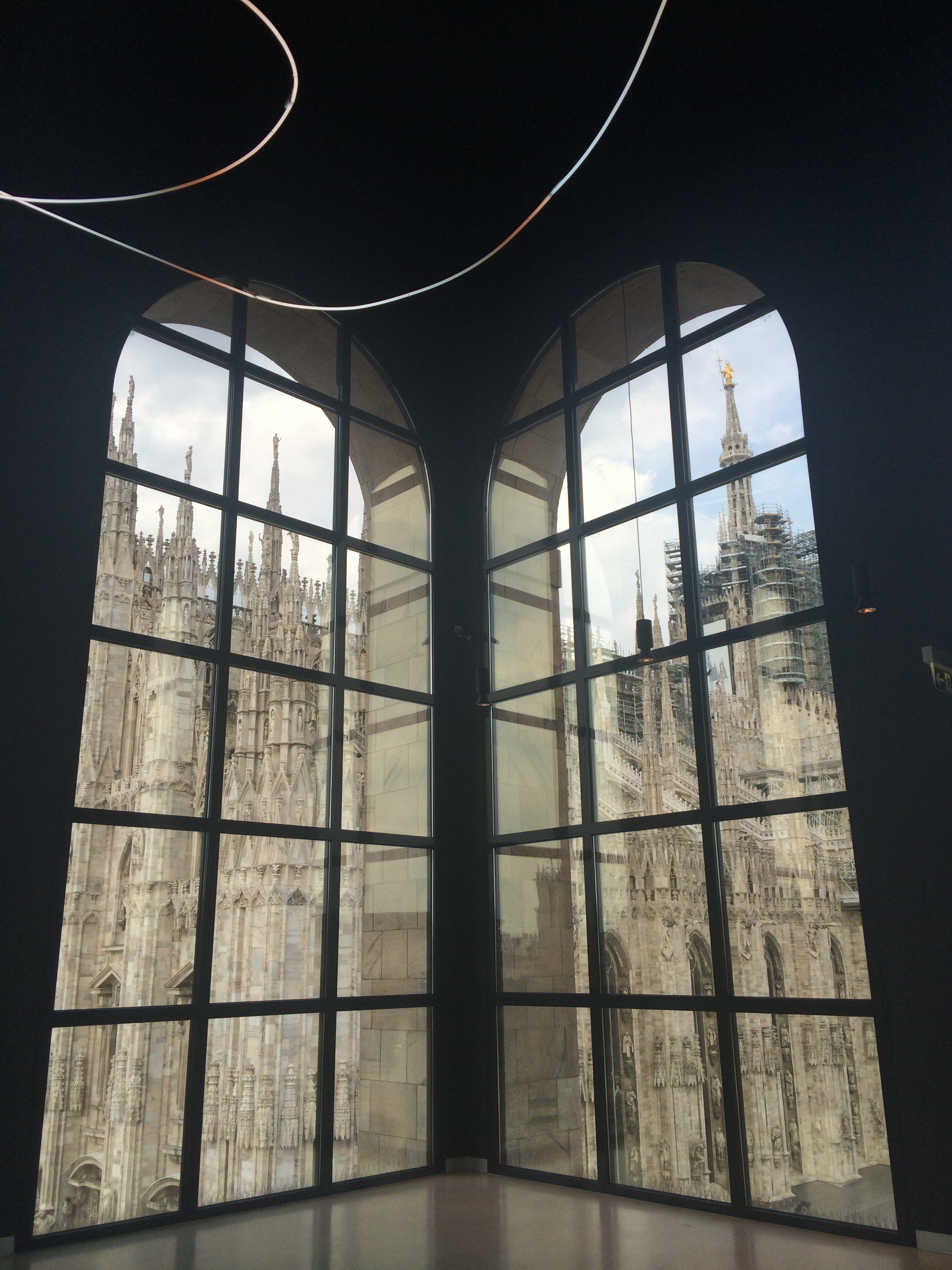"Dear Sabine,
you have brought poetry into my world of hand-bags, better said, the raison d’être that was missing.
I have never pursued the quest for the IT bag, au contraire, always steered away, naturally and you brought me to the realization that originality is indeed one of the features of a handbag, one that which I have kept ignoring.
A purse is where a woman puts her mood of the day, secrets, her entire paraphernalia of tools that accompany her all through the day.
One of the main traits of highly stylish people is not to be a copycat and replicate street style looks or bloggers outfits. Your bags have that quality of looking worn and distressed obtained through skilled hands of Italian artisans and they tend to be different and have a personality of their own.
I will never look at a bag the same way, you opened the door to handbag love with that key that dangles from the purses.
Sincerely,
Francesca"
Ok I wanted a different opening paragraph and all it kept coming to my mind was all that I wrote, in this open letter to Sabine, the creative director of Raison d’être with whom I have had the chance to have a conversation.
Get your cup of tea and read along with me.
How much research and trial is there before reaching the perfect nonchalant point of understated elegance?
There’s only one research, the one to reach the harmony of the form. I’m referring to a cit. from Bruno Munari, the great Italian designer and illustrator.
“Complicating is easy, simplifying is difficult. To complicate all one needs to do is to add, all that you want: colors, shapes, actions, decorations, people, a scenery full of things. Everybody can complicate. Only few are capable of simplifying. To simplify one must eliminate, and to eliminate one must know what to take away, like a sculptor which with a chisel shaves the shapeless stone off all that extra material which exceeds the statue that he wants to make. Eliminating instead of adding means recognizing the essence of things and communicating it in its essential core. ”
Was it by traveling the world that an all-Italian brand was born?
It’s always been a forever love, that passion I have always read through the eyes of the Florentine artisans when as a teen-ager I used to visit their workshops. My cousin used to take me in the ‘80s, he was the buyer for my cousin’s leather goods store. Knowing the art of hand sawing vacchetta leather and creating objects saturated with that heart-warming smell of leather.
The bags are rigorously Made in Italy, which became its distinctive seal of approval. Was that essential to the birth of the brand?
It’s essential, as an unmistakable imprinting, Made in Italy has a precise characteristic. The idea can begin in far away countries, but manufacturing itin Italy completes the circle.
Your bags are like Mary Poppins duffel-bag, where objects and stories live freely. They are born as hollow carriers of the mood of the day, they take the shape of one’s character or philosophy. Do you grow attached to them?
A woman unveils her personality in each purse she owns. It’s her own secret socket and God forbid someone tries to break in and snoop around.
Your bags are like the portrait of Oscar Wilde whose painter couldn’t detach from them?
I must confess that at times it happens that I too don’t have that exact bag I need for an occasion. It’s like having them all at home, truth is I don’t have that many.
You say that ‘beauty will save the world’ because beauty is over-rated?
For each one of us beauty is different, for me beauty can be represented by vivid colors, for others simplicity can represent beauty, but for everybody good manners, being good to the others are beauty. That’s why I believe beauty will save the world.
When you design a collection or a bag, do you have a woman in mind?
She is a determined woman, positive, confident within her own skin and that brightens a room when she enters it. She’s is not fearful of dreaming, daring and leaving a mark behind. She is a woman that inspires me and transports me to create.
Intractable means?
It’s the name of the unisex line dyed with an effect called mestizo. They are first deep dyed, dried and consequently overlayed with an ombre’ technique and finally waxed. They end up looking vintage but I chose to call it intractable .
What makes it different from Couture, the limited edition collection?
Couture is a collection reminiscent of the papier peint a line of one-of-a-kind clutches hand-painted that can be easily be hung on the wall as a work of art.
Chic is …
Chic is distinction, taste, sophistication. Grace is chic.
ON HOW TO BE ITALIAN
What’s Italian style in one word, or two?
Creativity
There’s a general idea that Italians are always dressed up, even when we go to the gym, you have been living in different parts of the world, what really makes the difference in an Italian woman?
Attention to detail.
What’s an absolute no in Italian style?
White socks and monochrome.
Finally, in the book I am giving advice on how to adopt the Italian style: do you think it can be dissected and learned?
Yes, elegance is not reserved to an élite nor to a special way of being.
PERSONAL & CONFIDENTIAL
You sit on a bench in the park and … wait for the swans that come to shore at the end of the day.
Is sexy in the heel or a pair of brogues will do, if played well? Sexy is poise, so even barefoot.
Morning coffee or detox juice? Purifying water with lemon followed by coffee with soy milk to wake up completely.
You know that summer has begun when … I am in Stromboli.
When I grow up I want to be a soprano
The book on your nightstand is “La gaieté” by Justine Lévy, I adore reading biographies.

